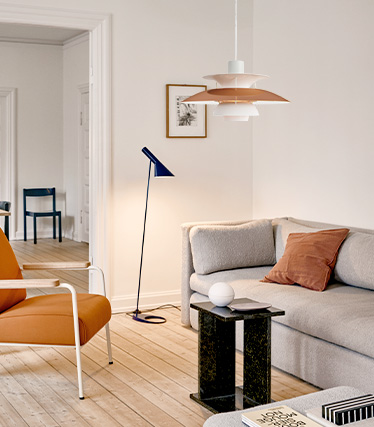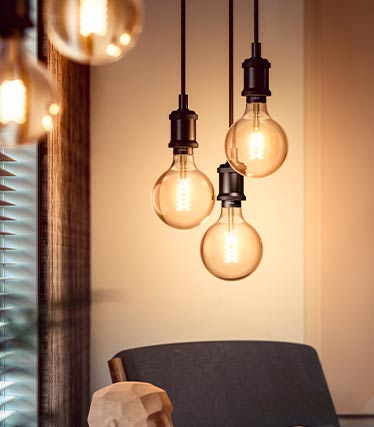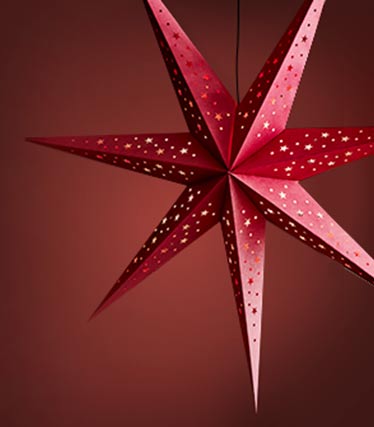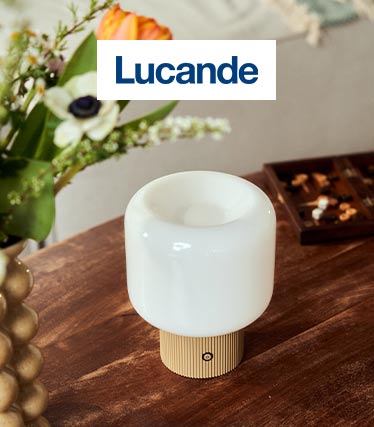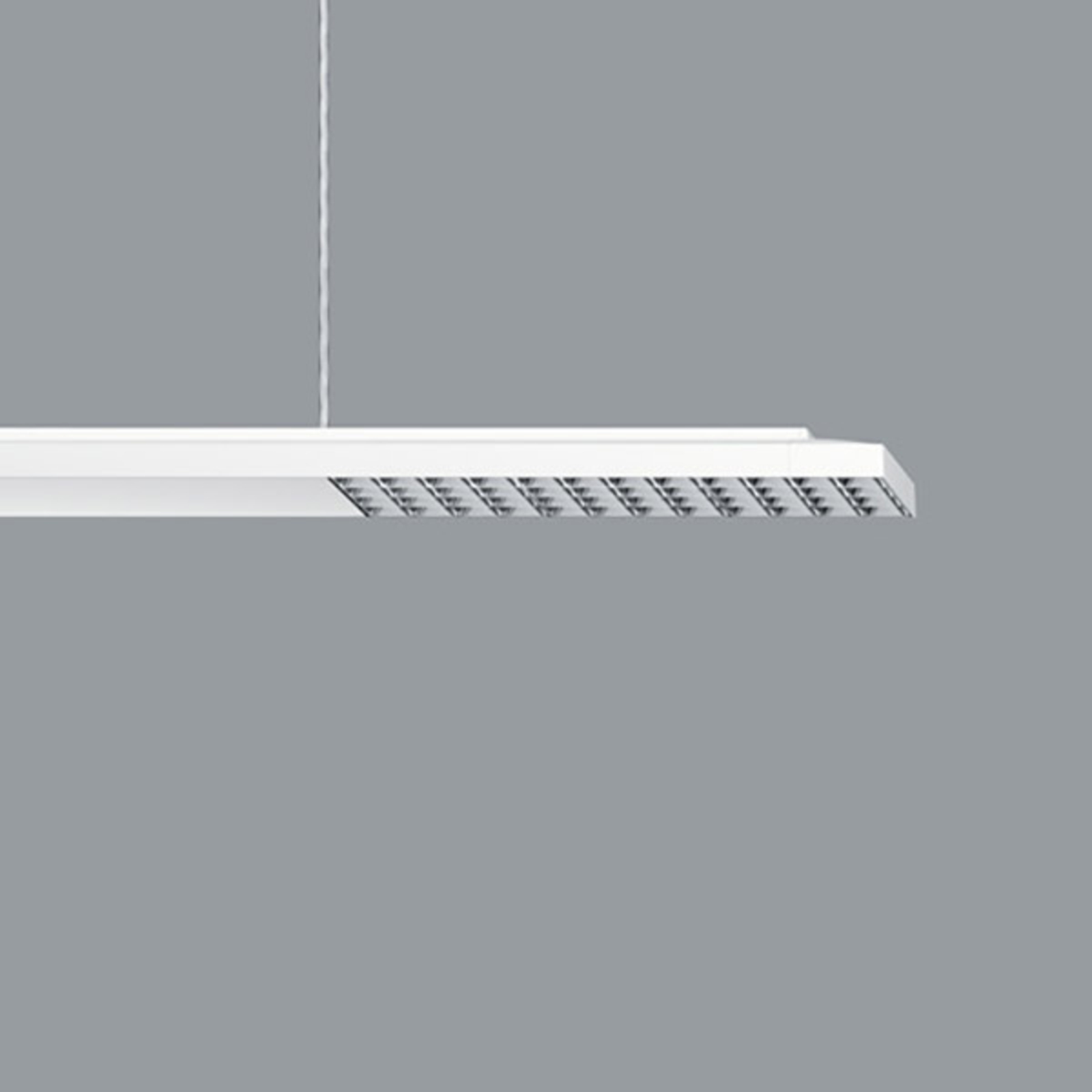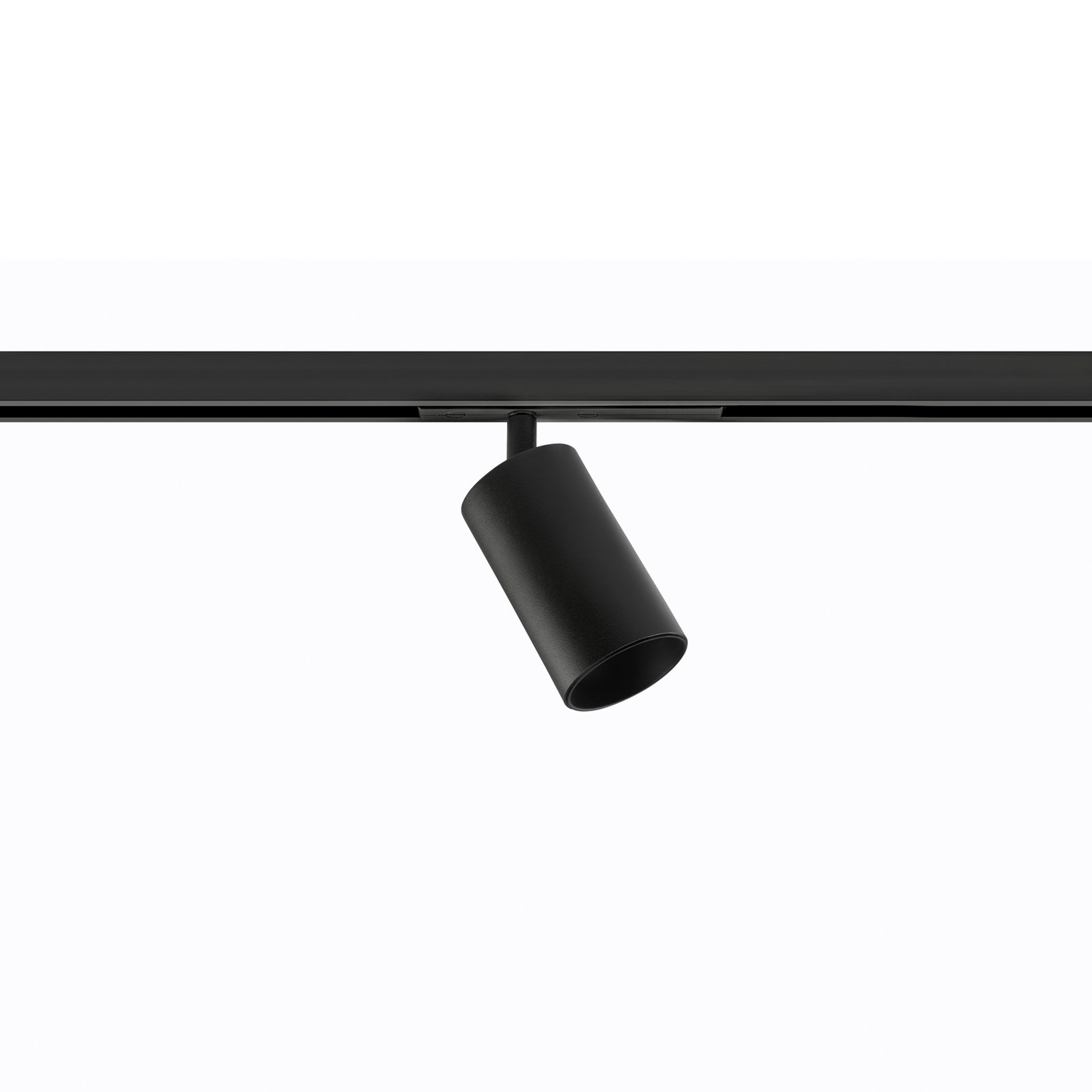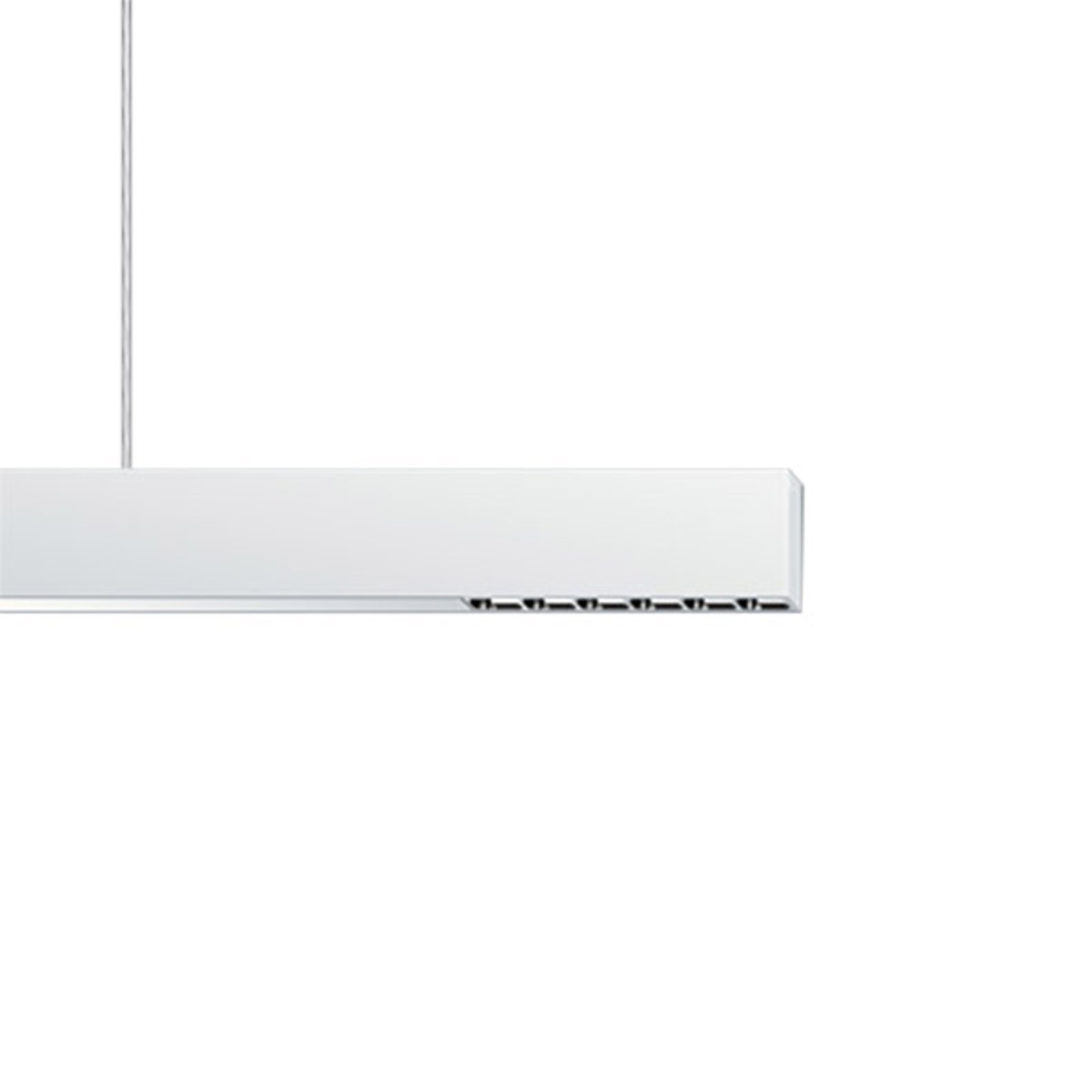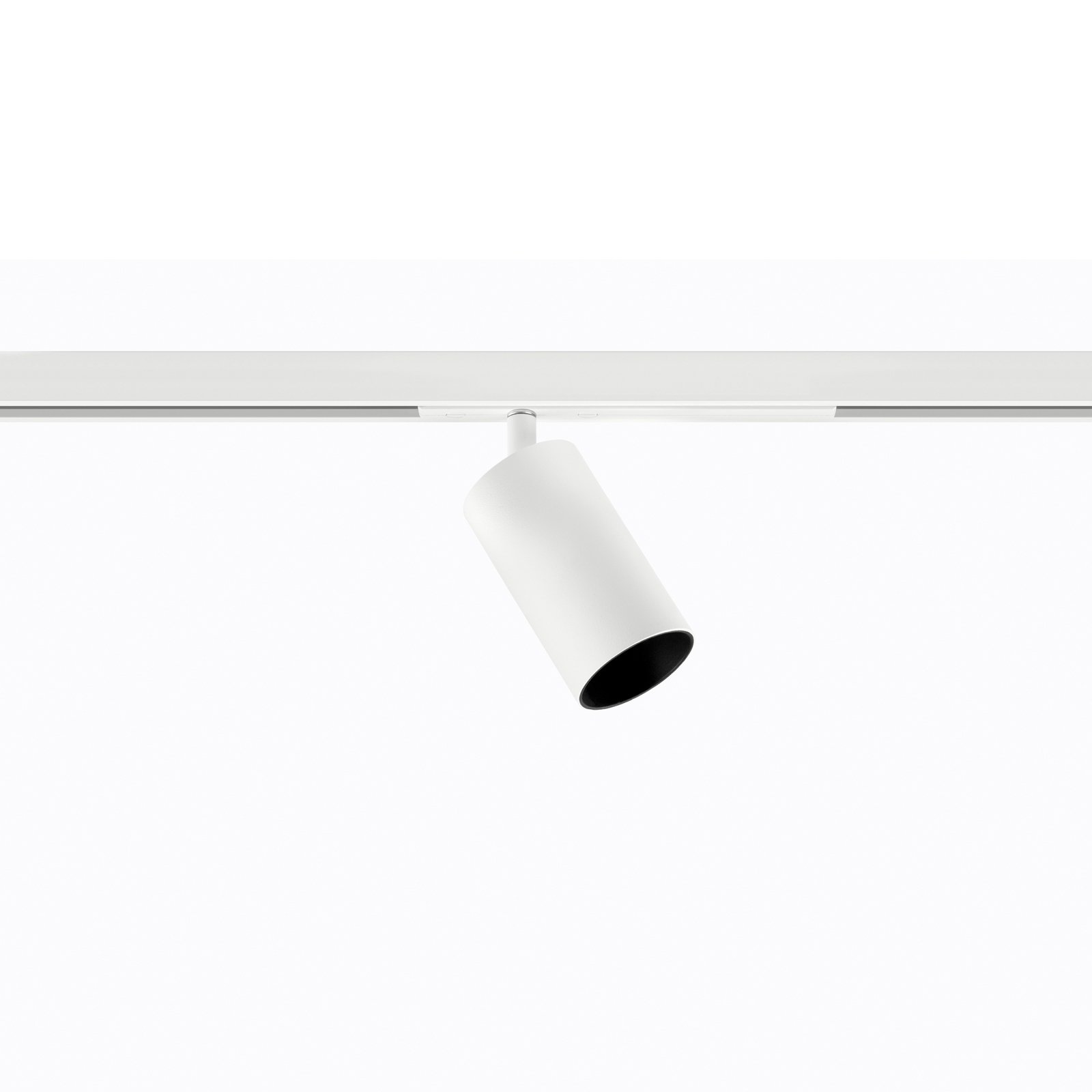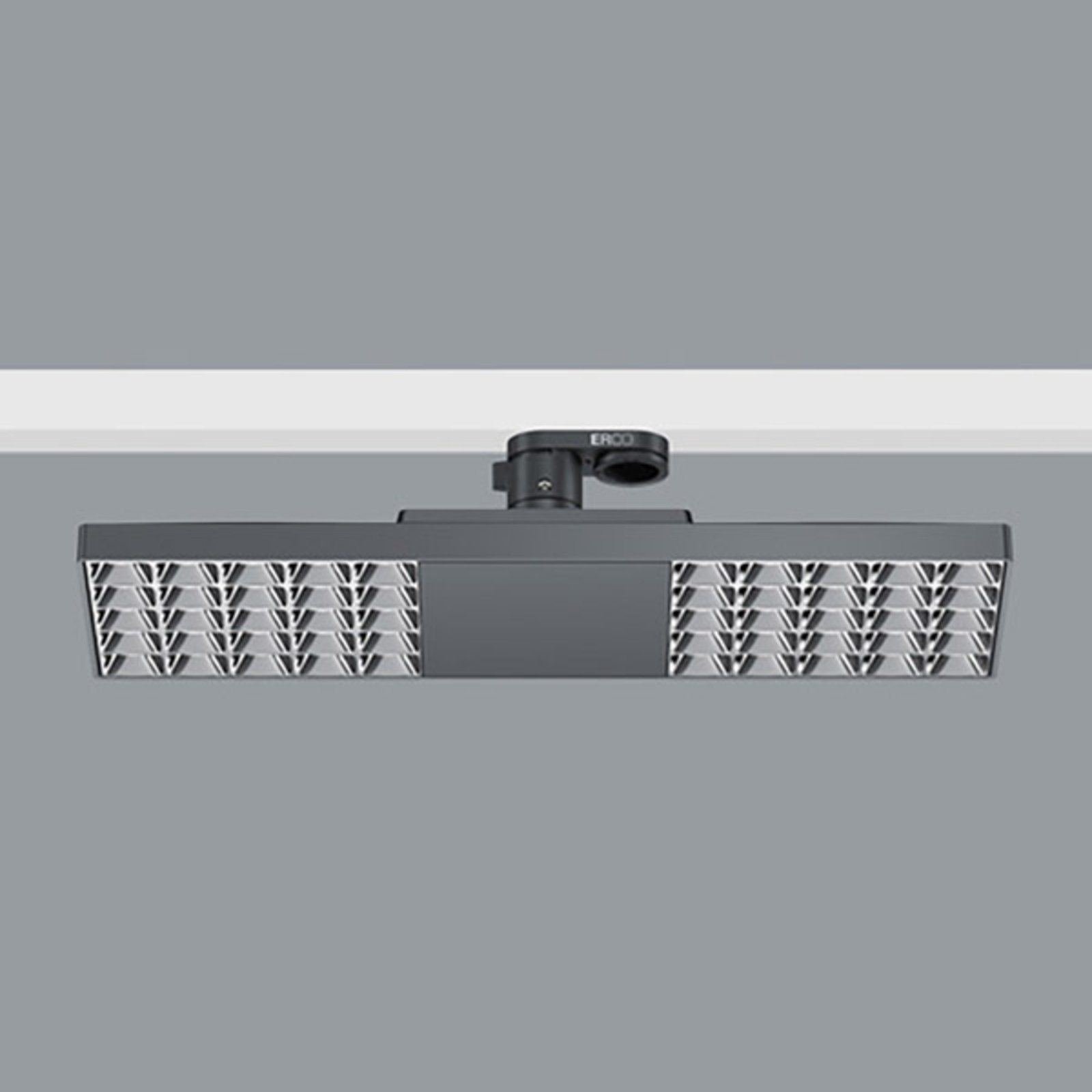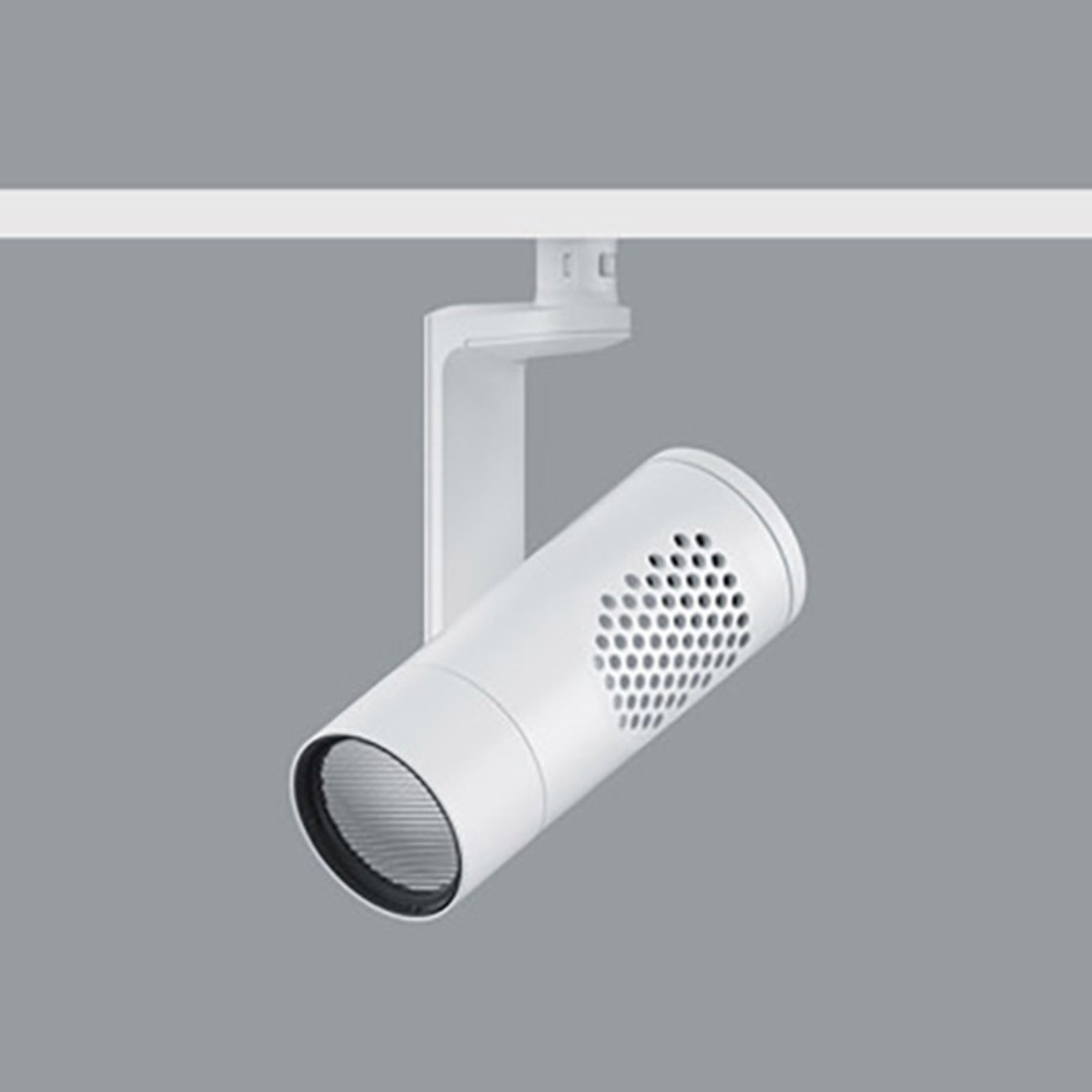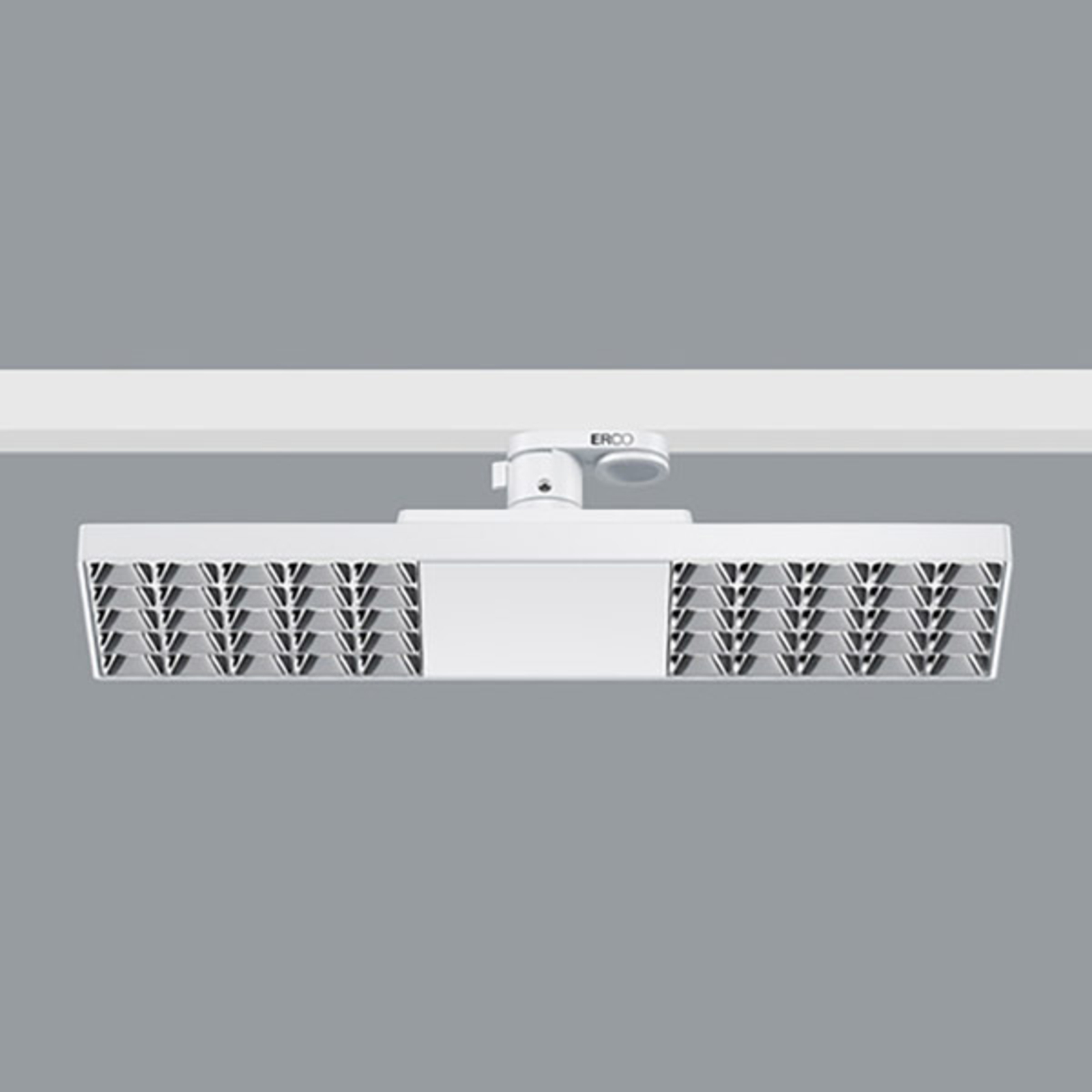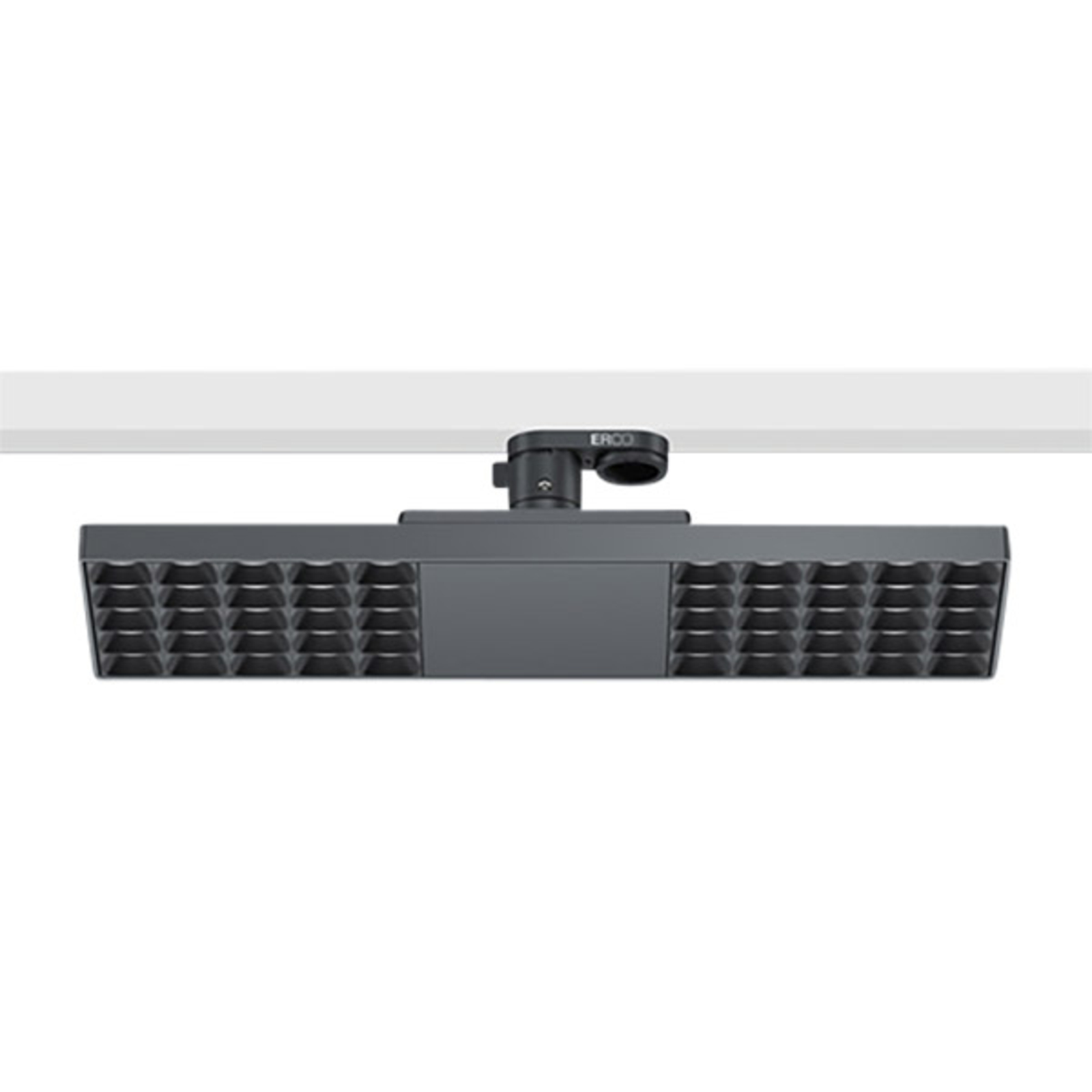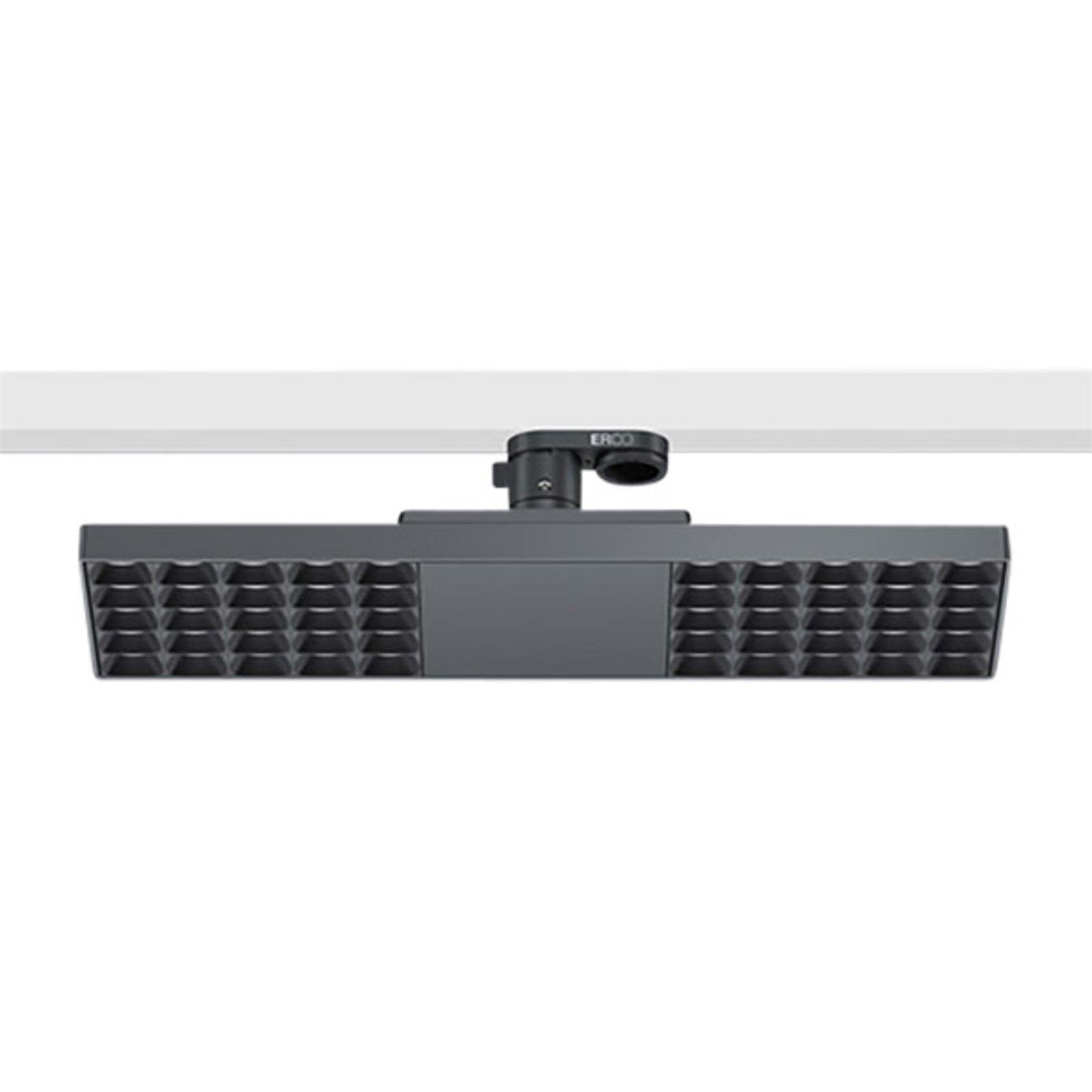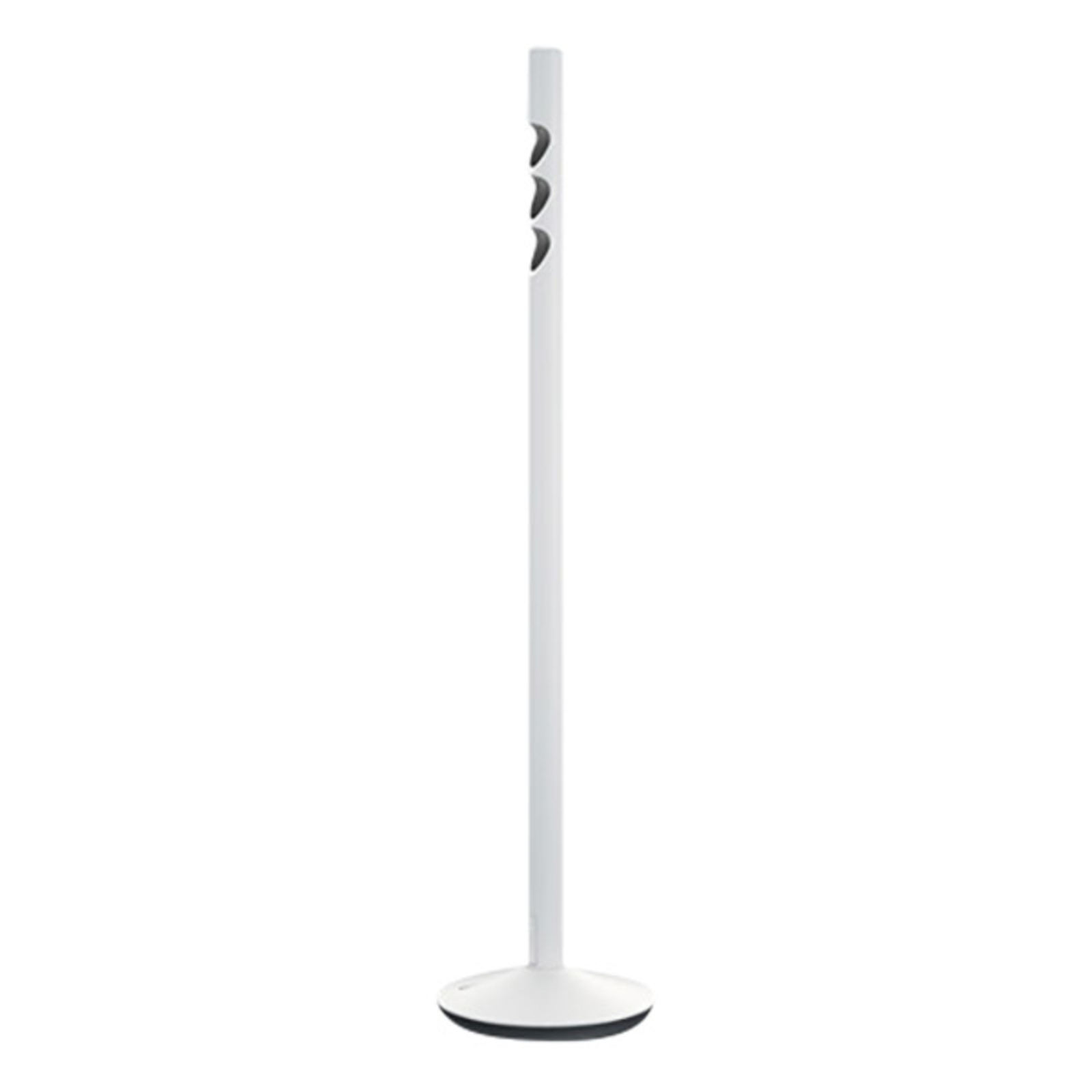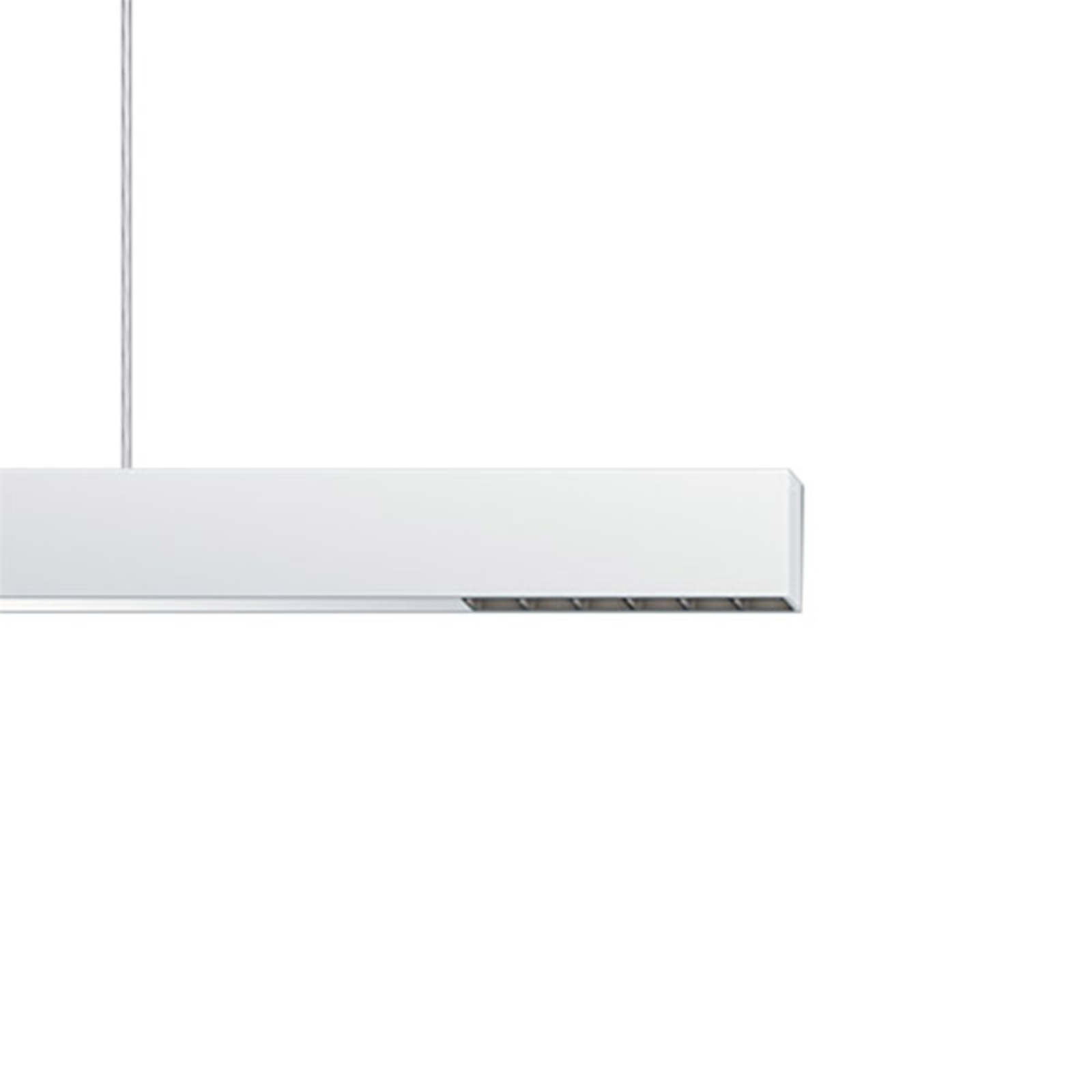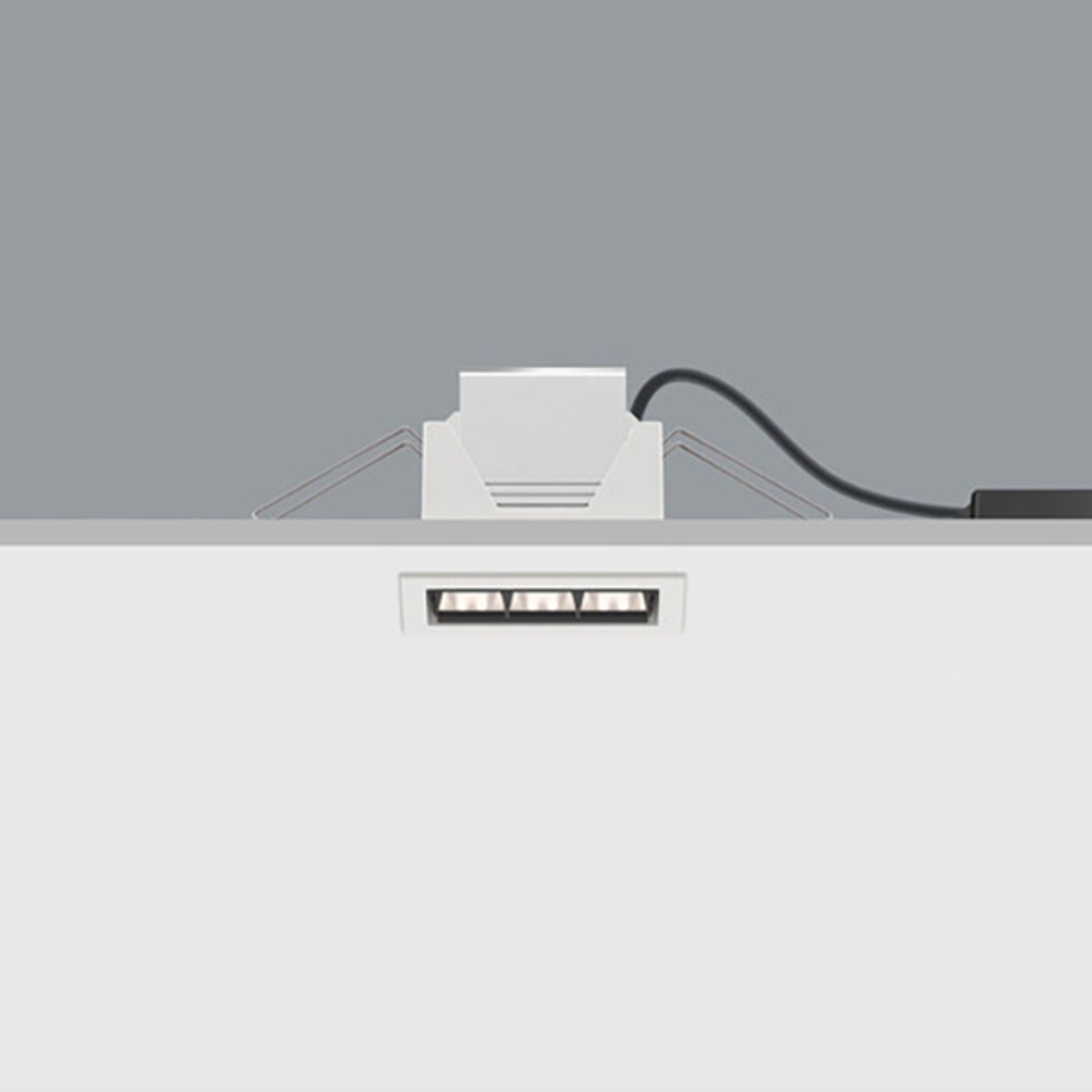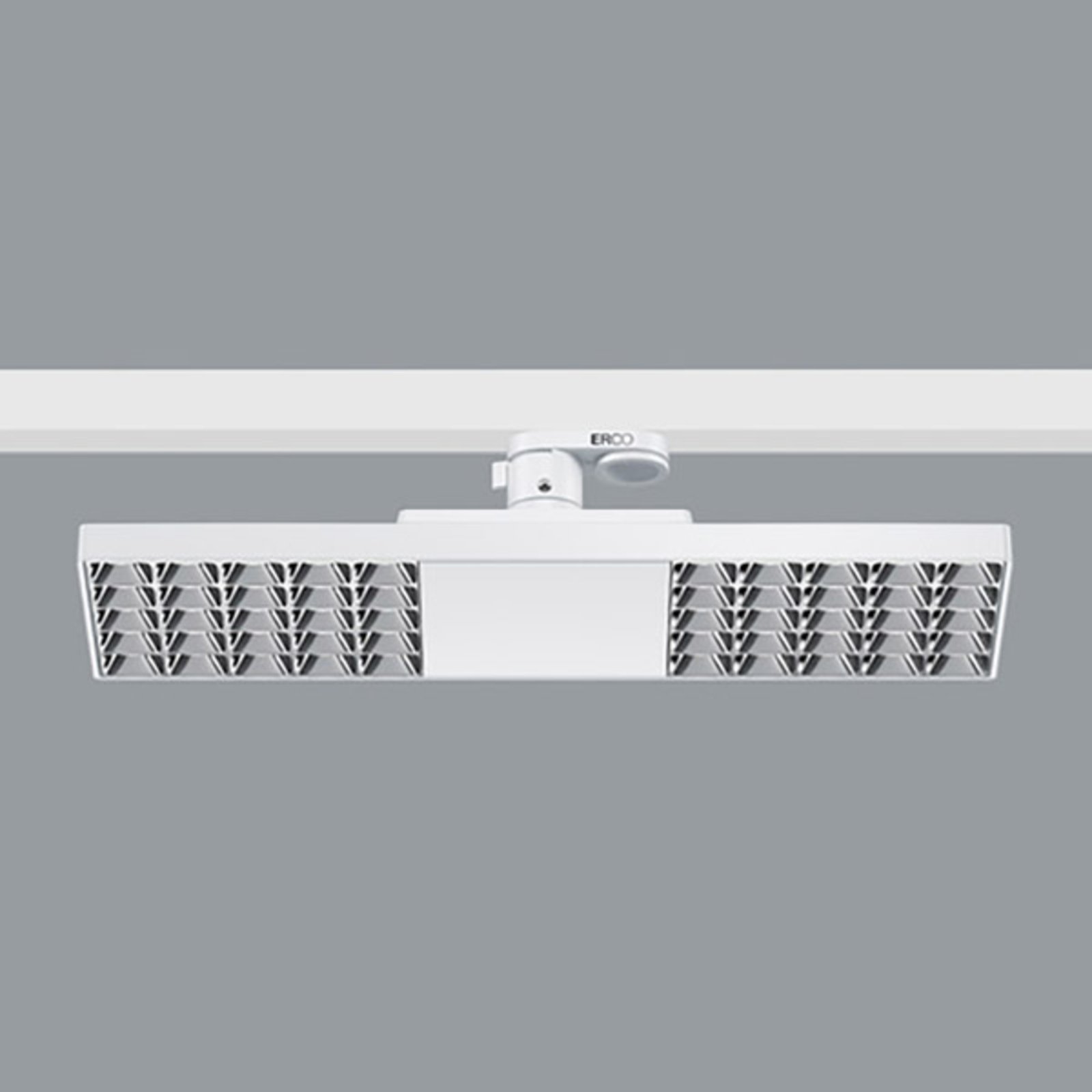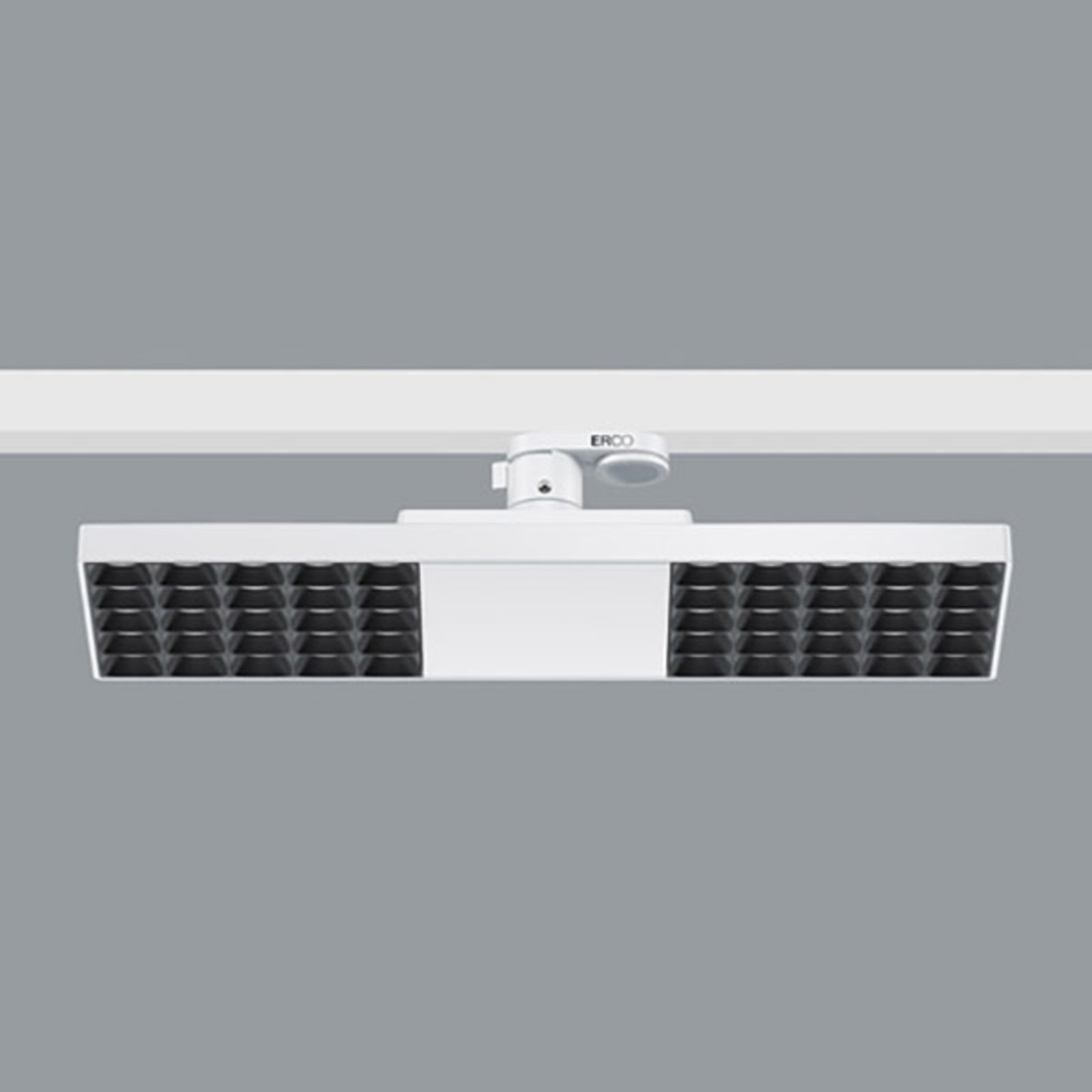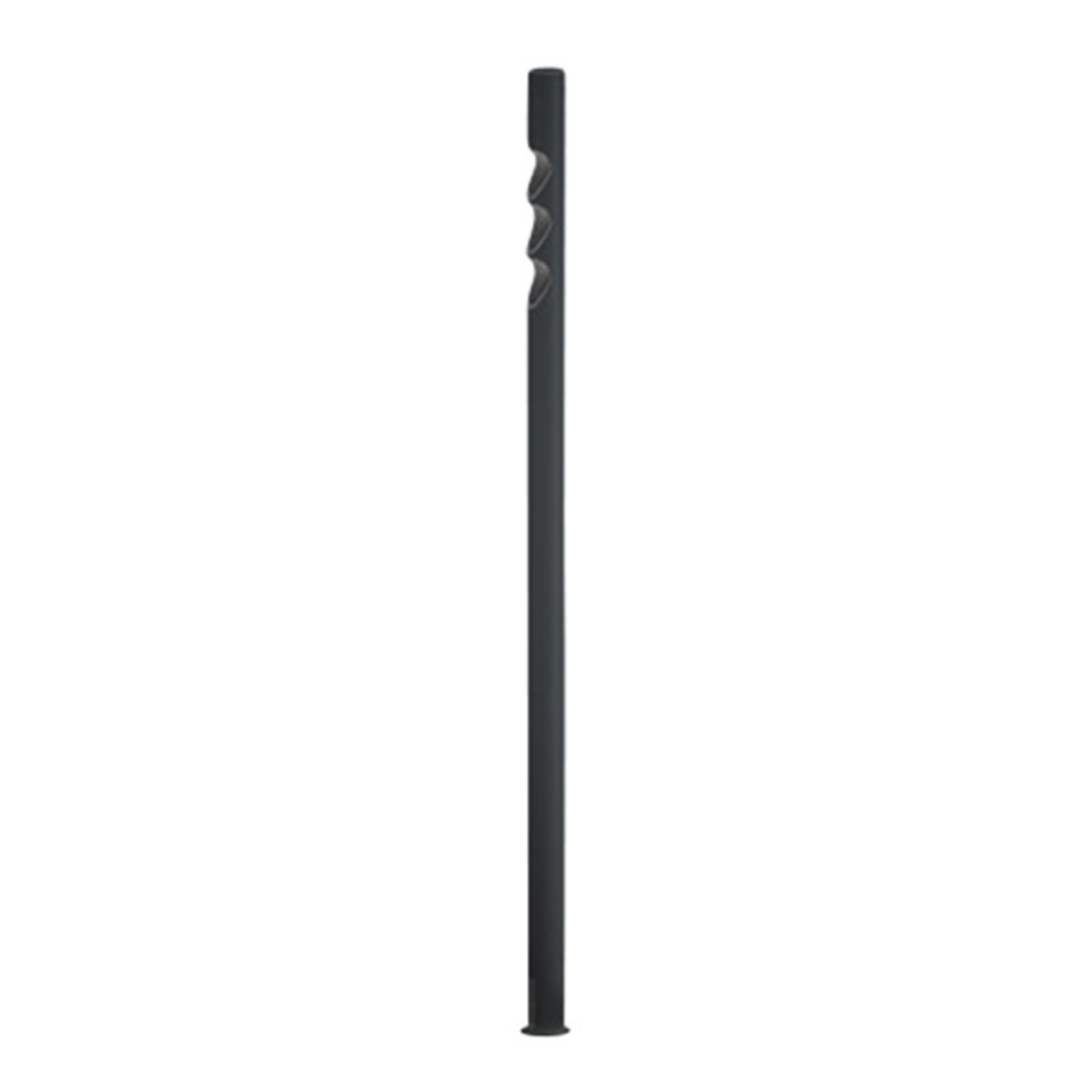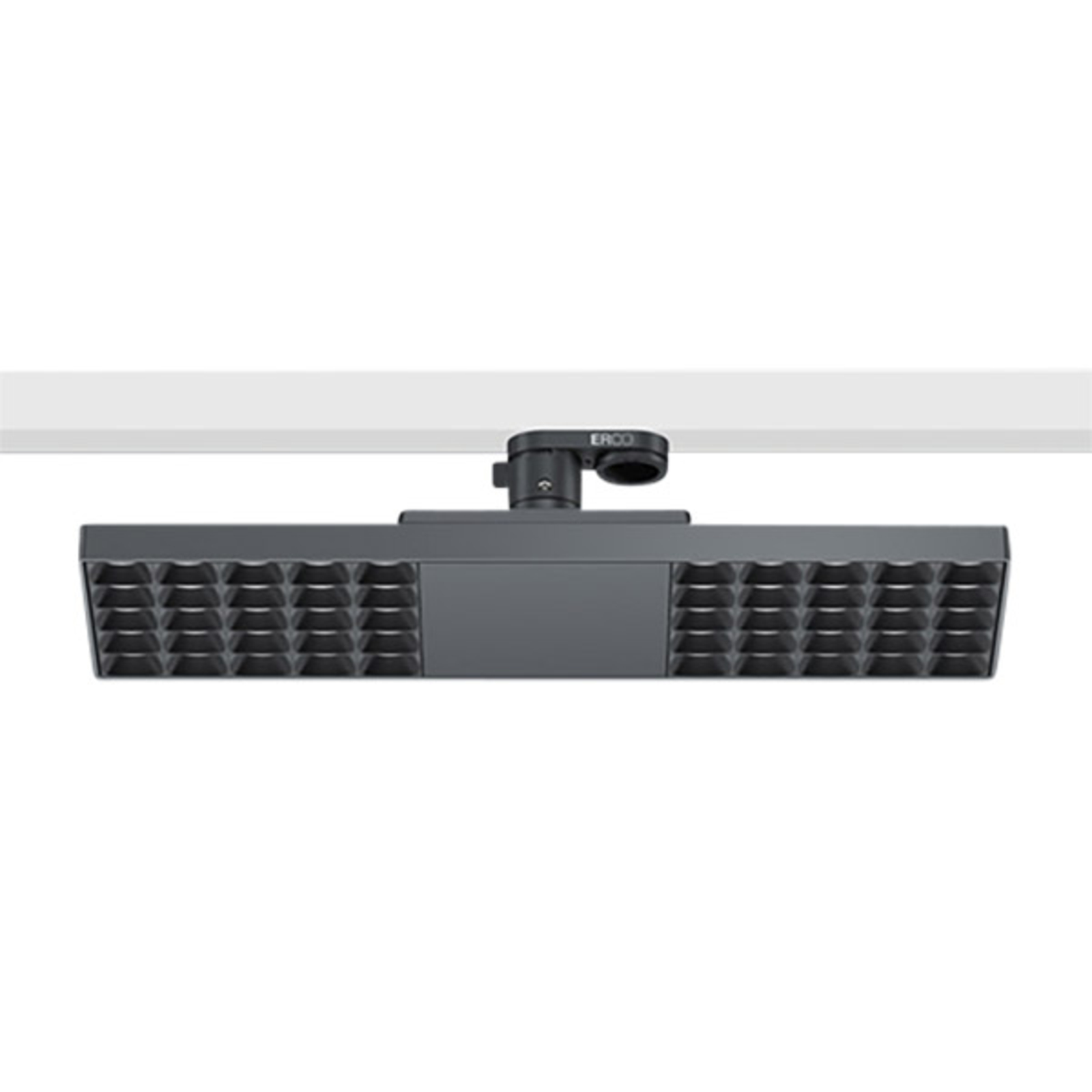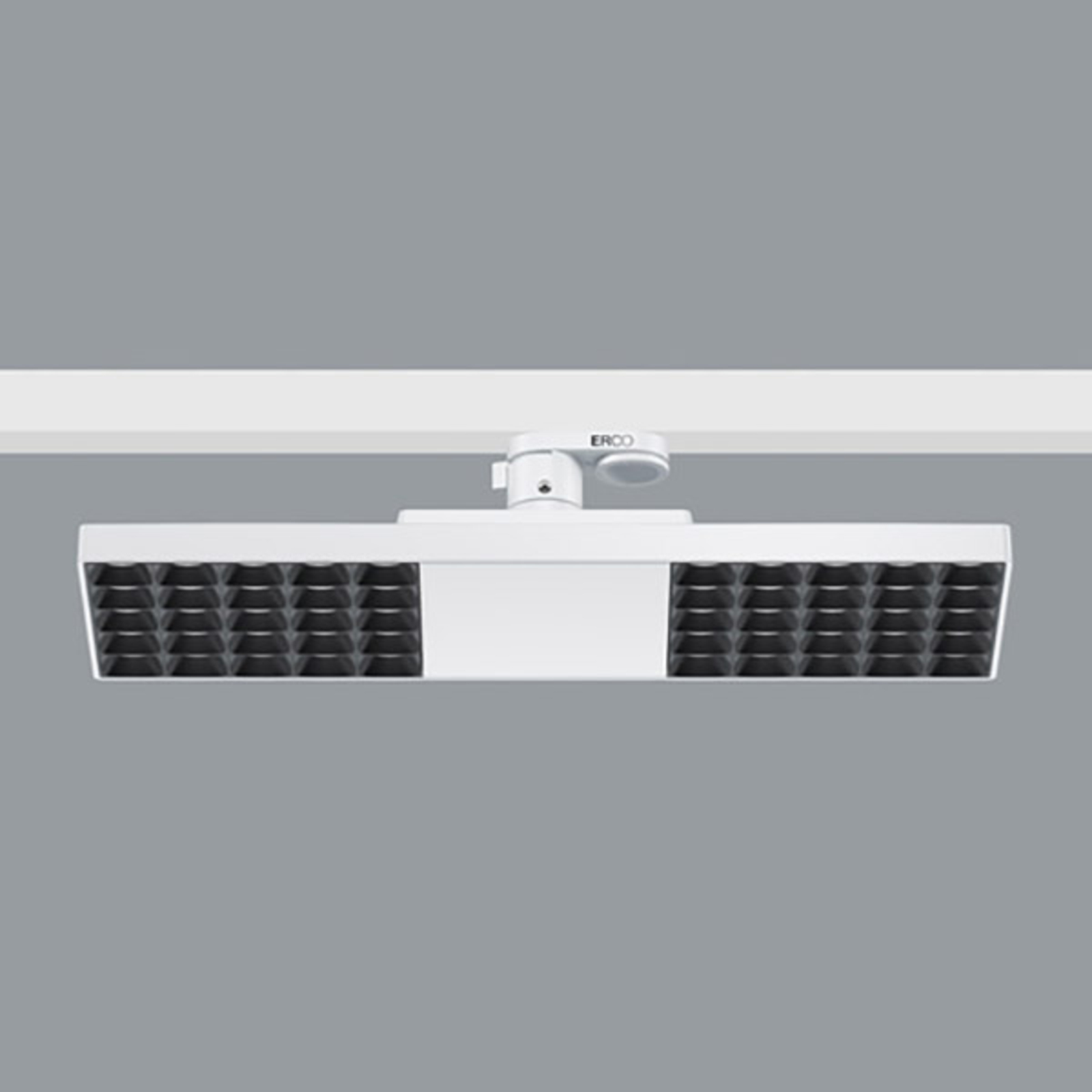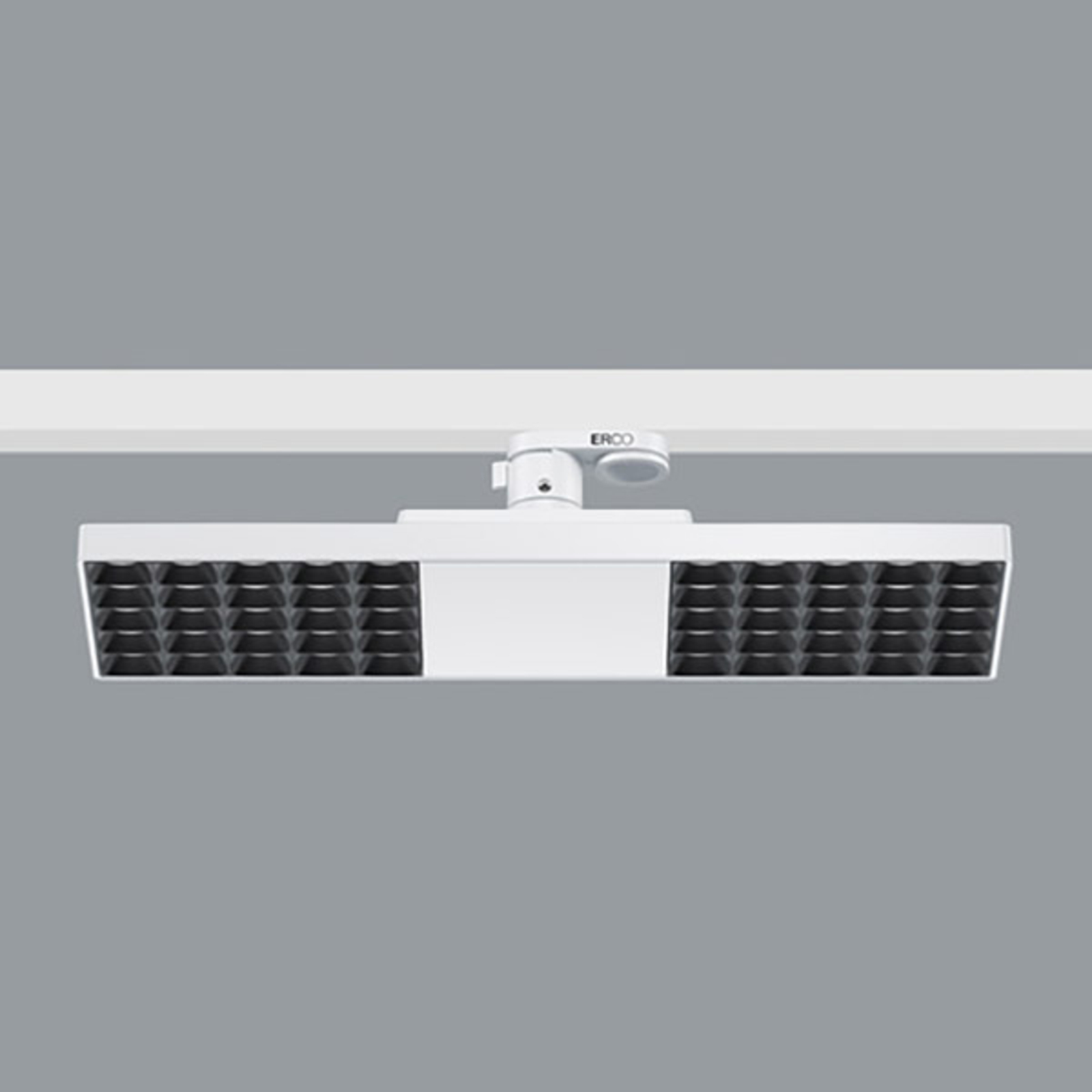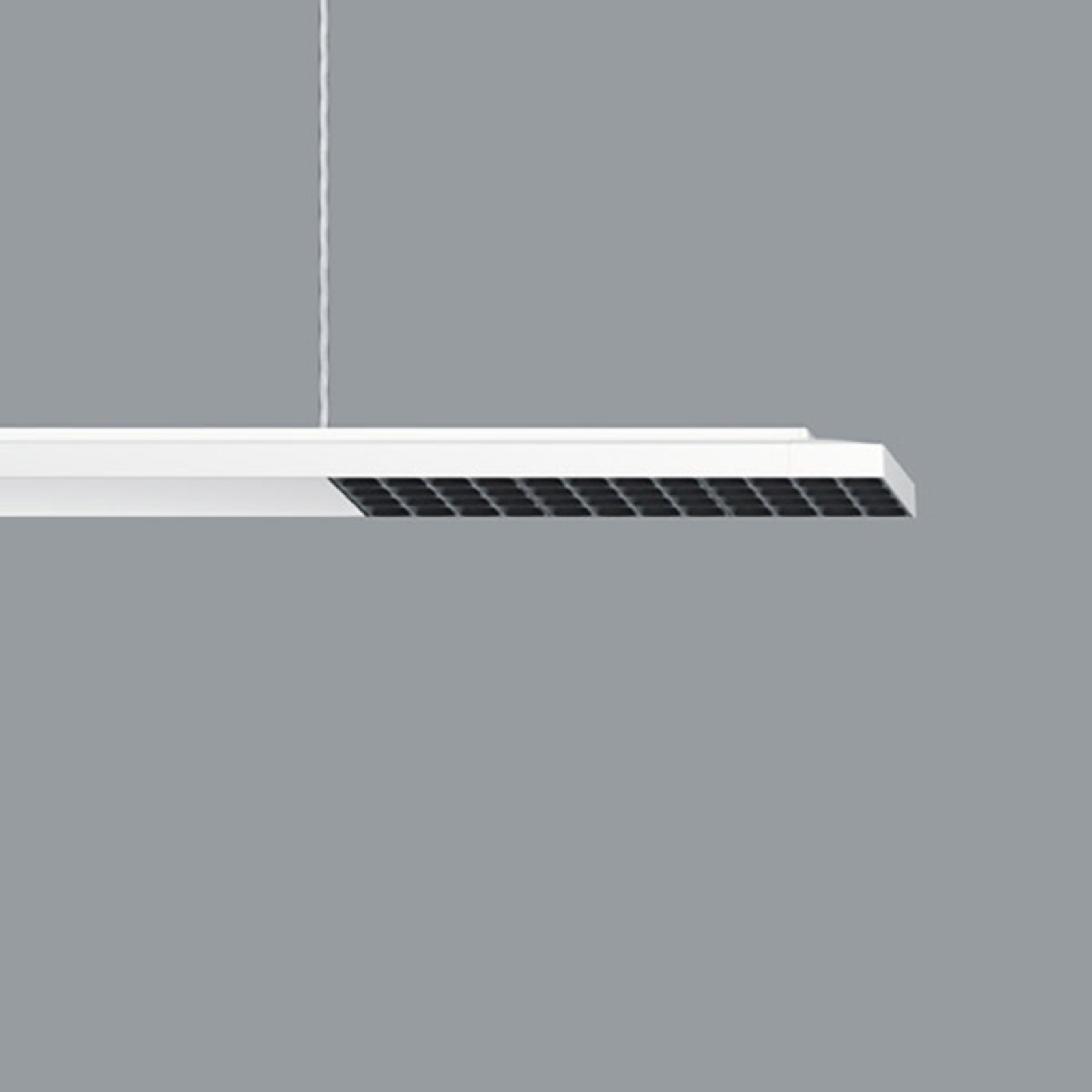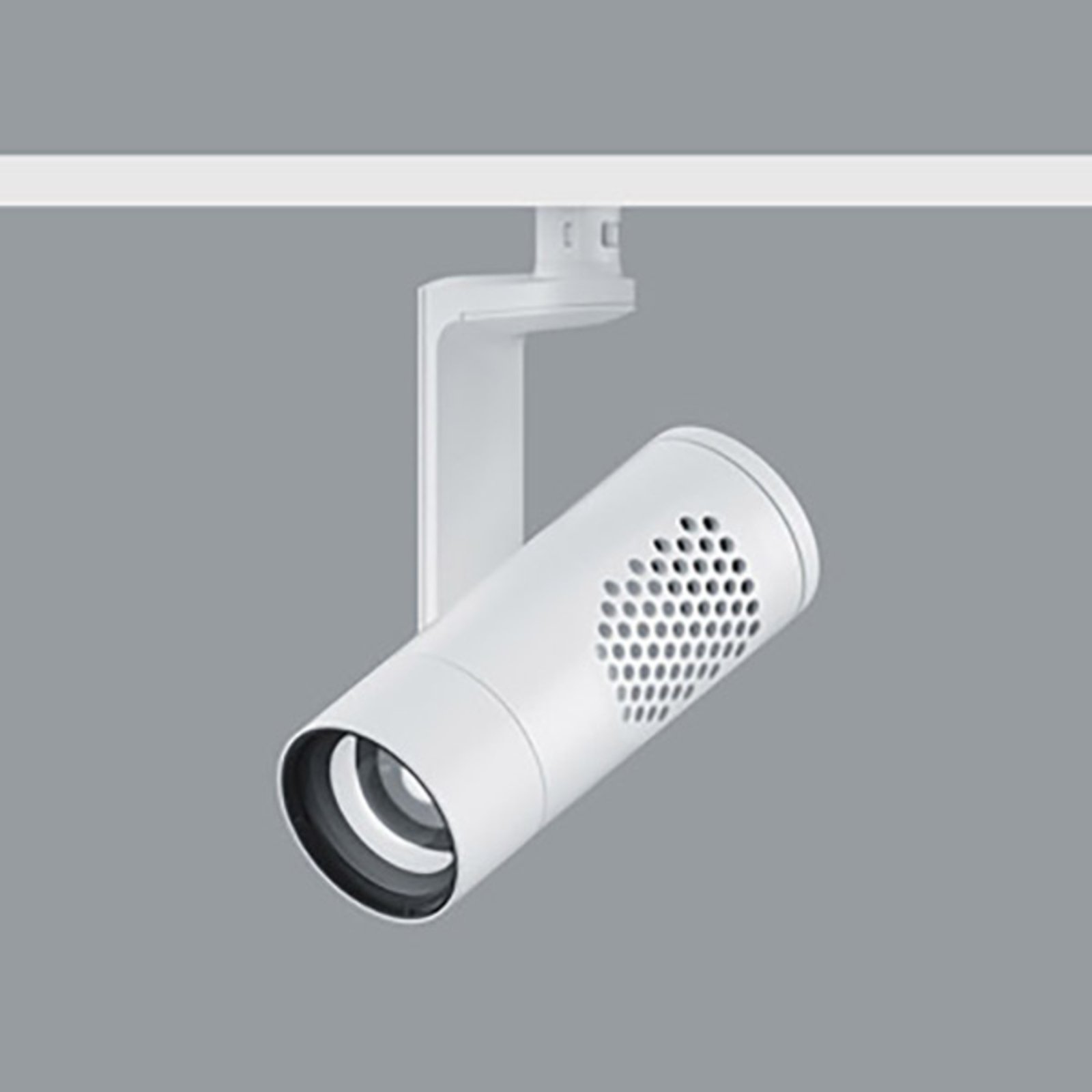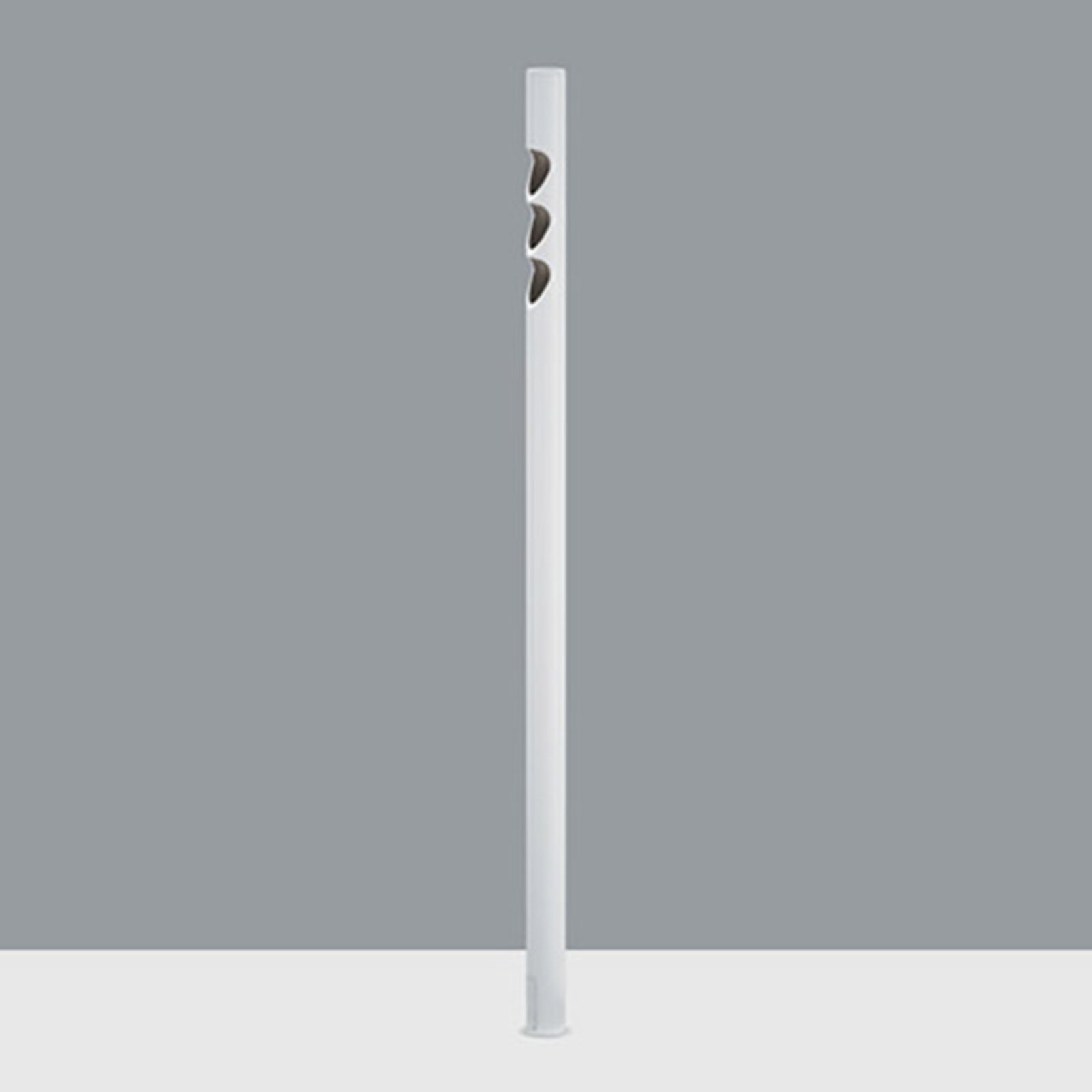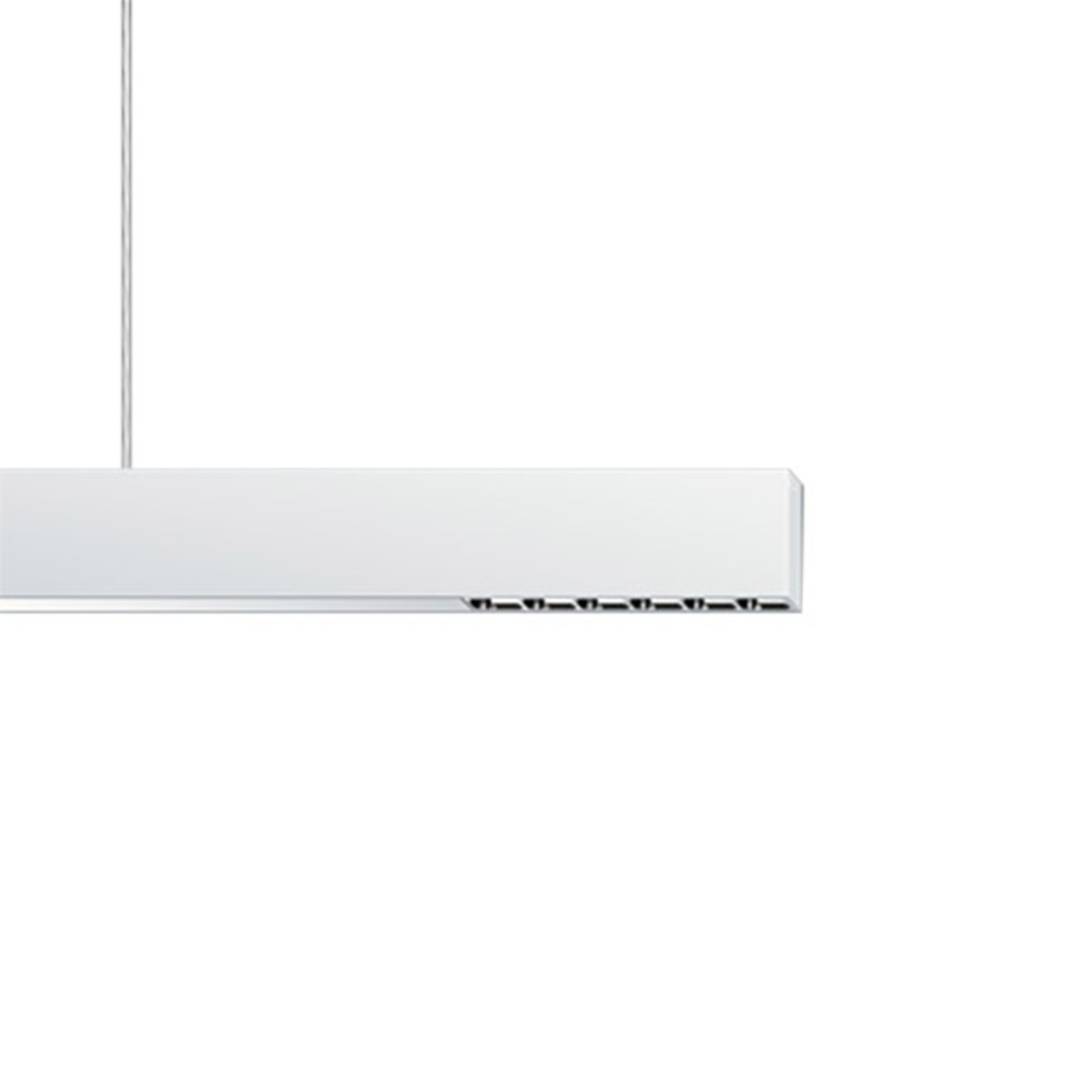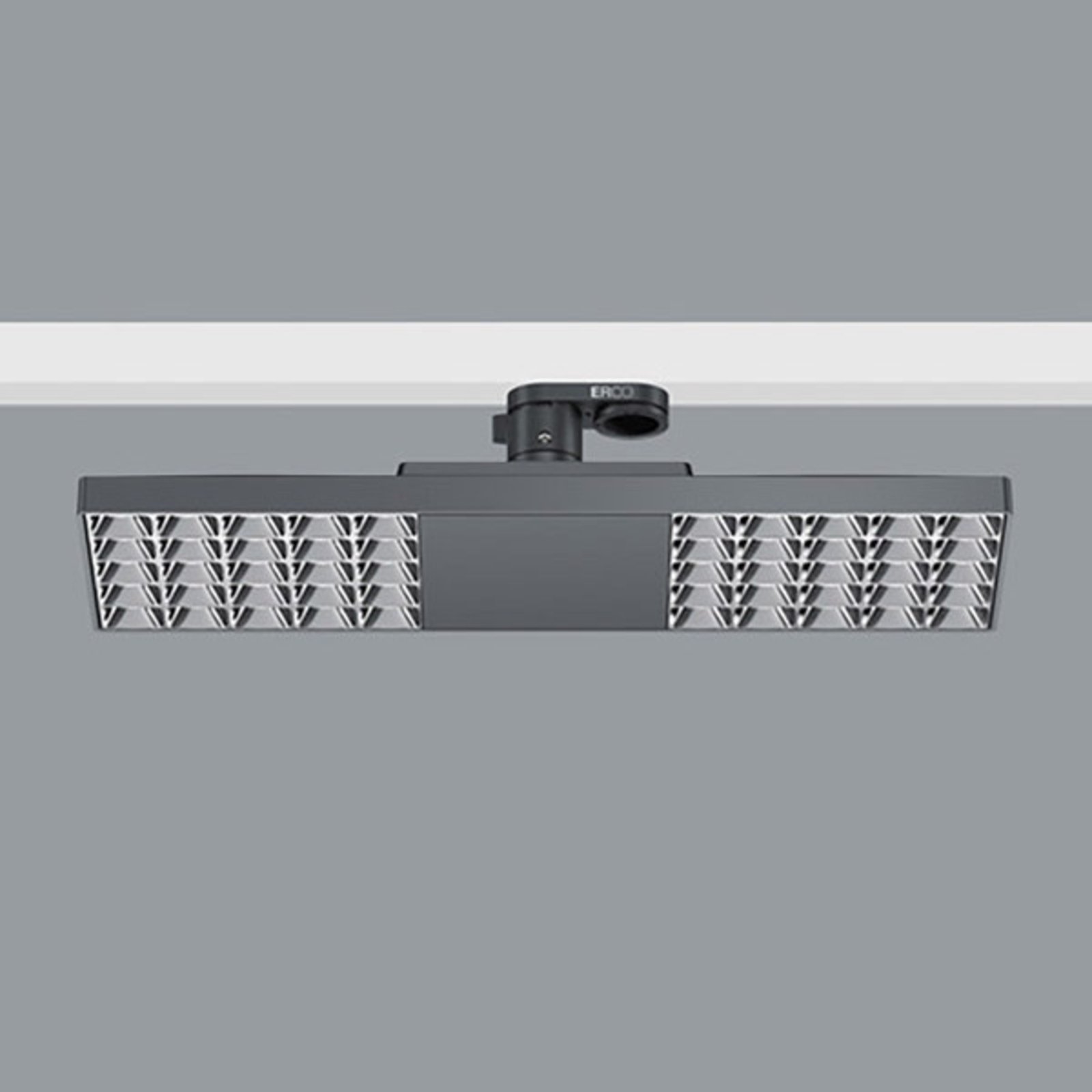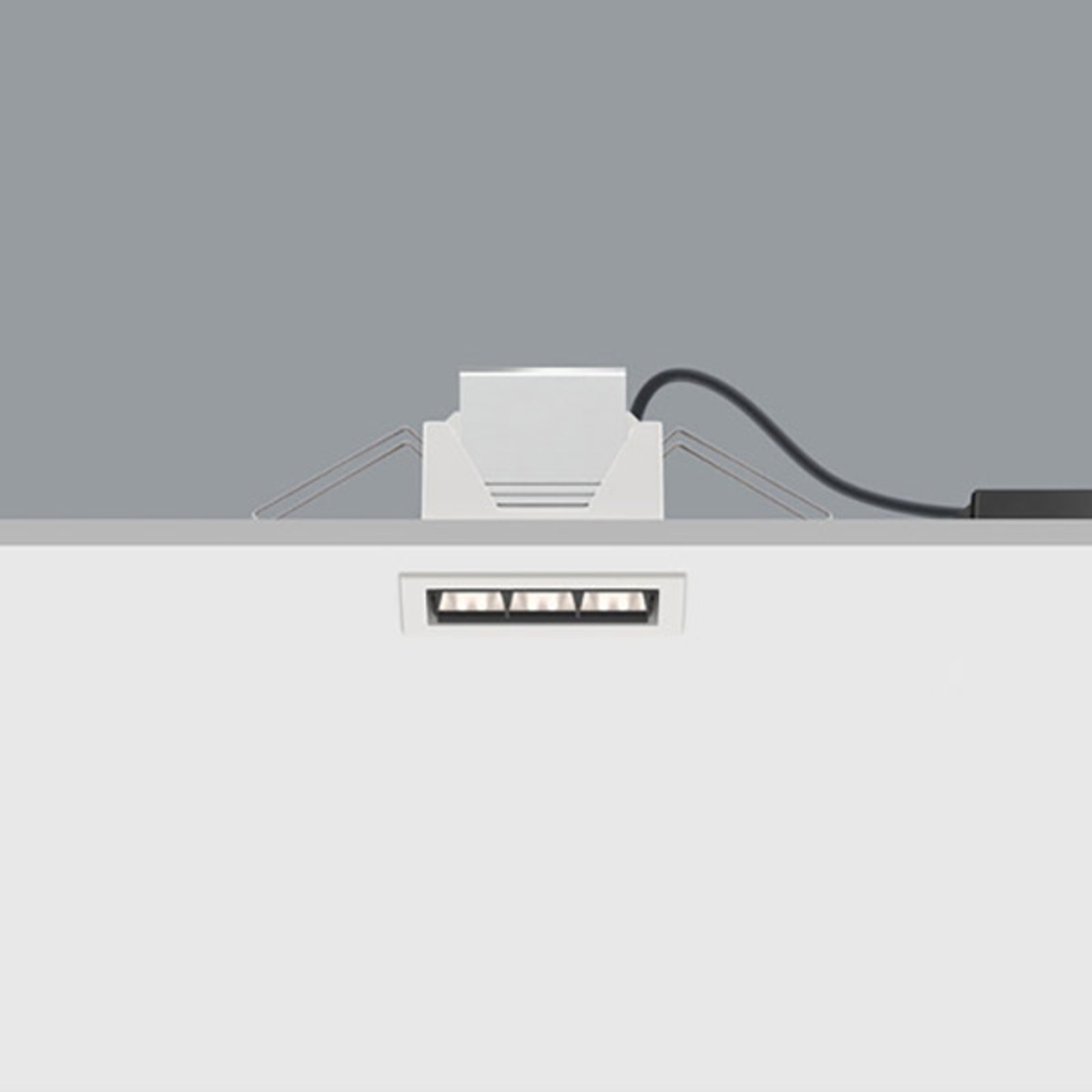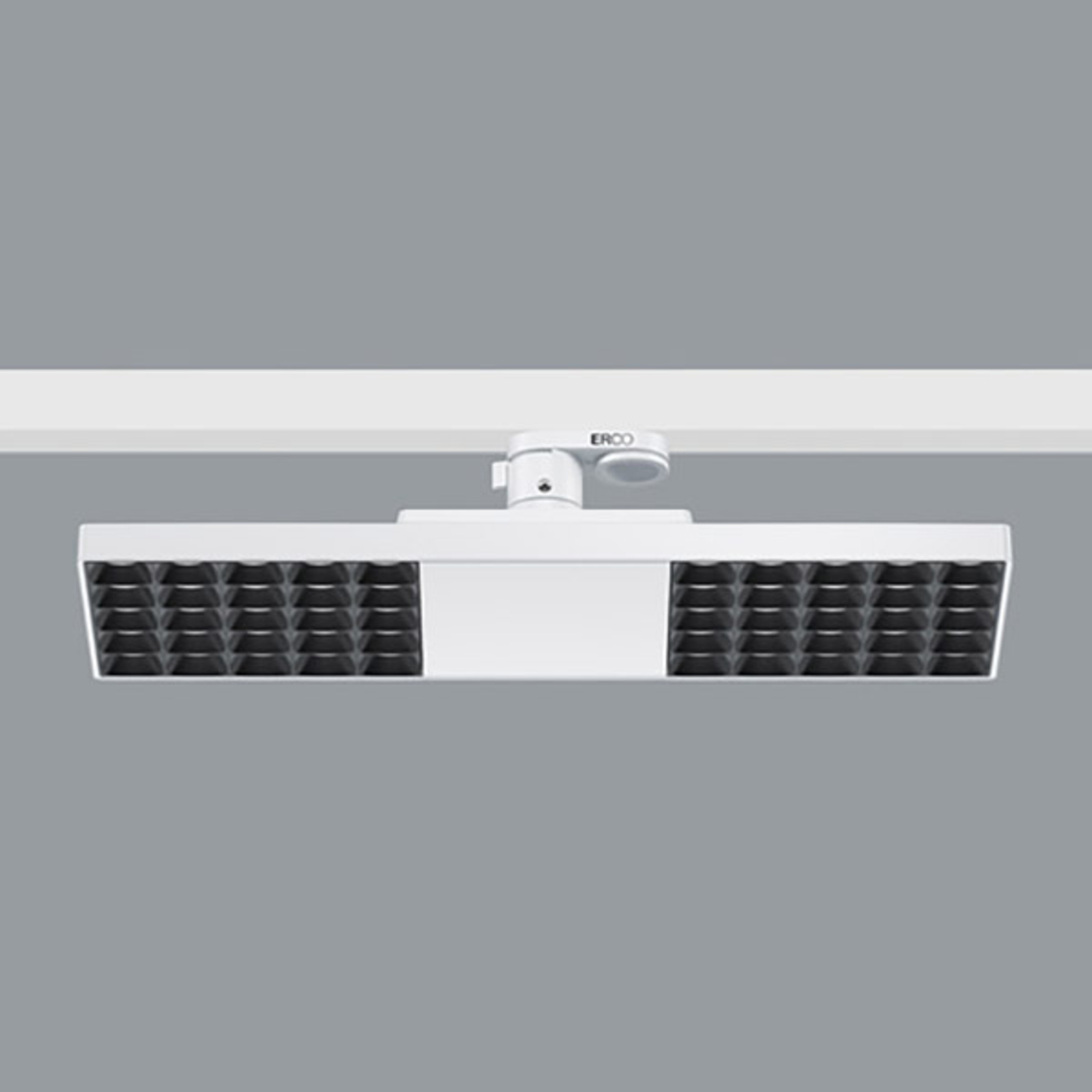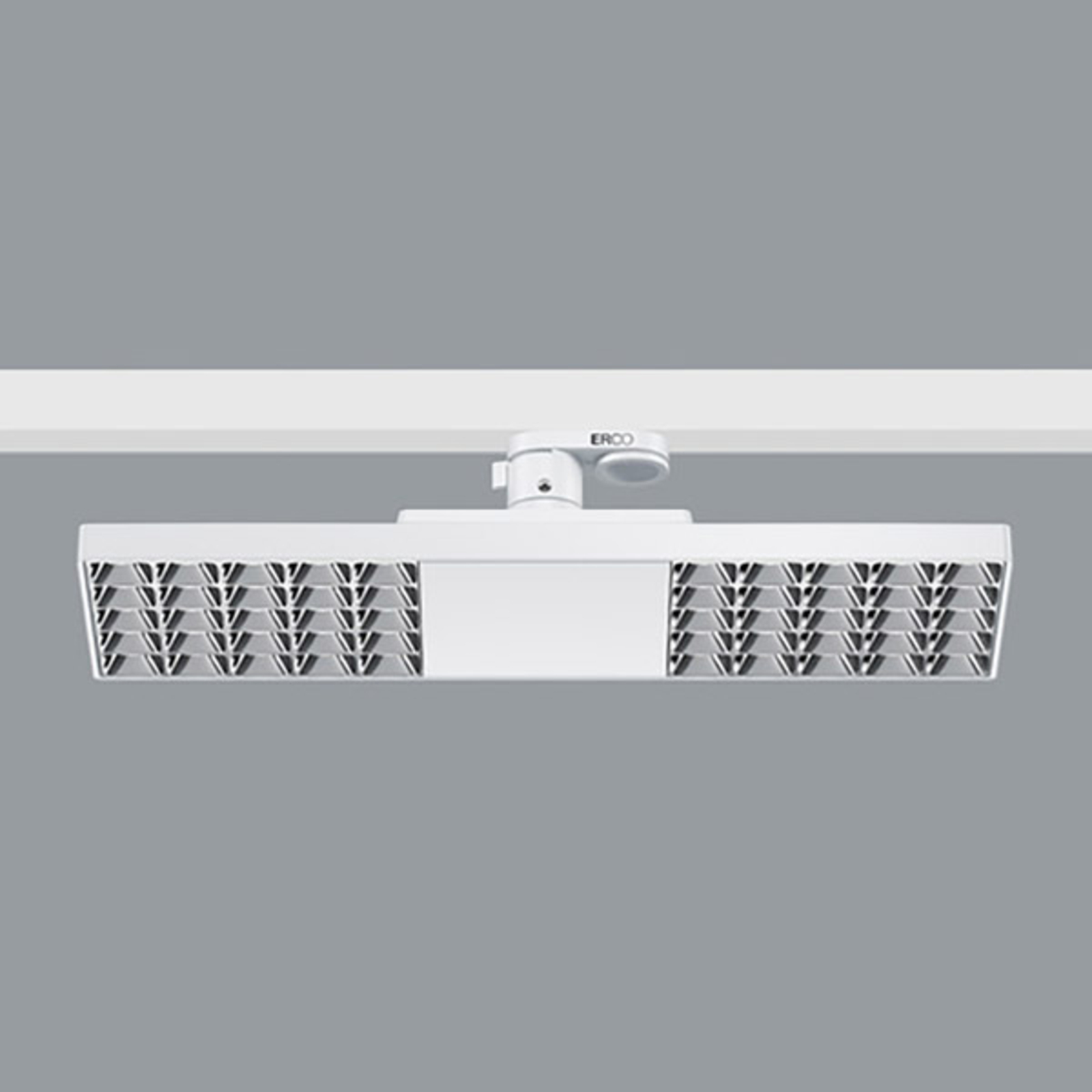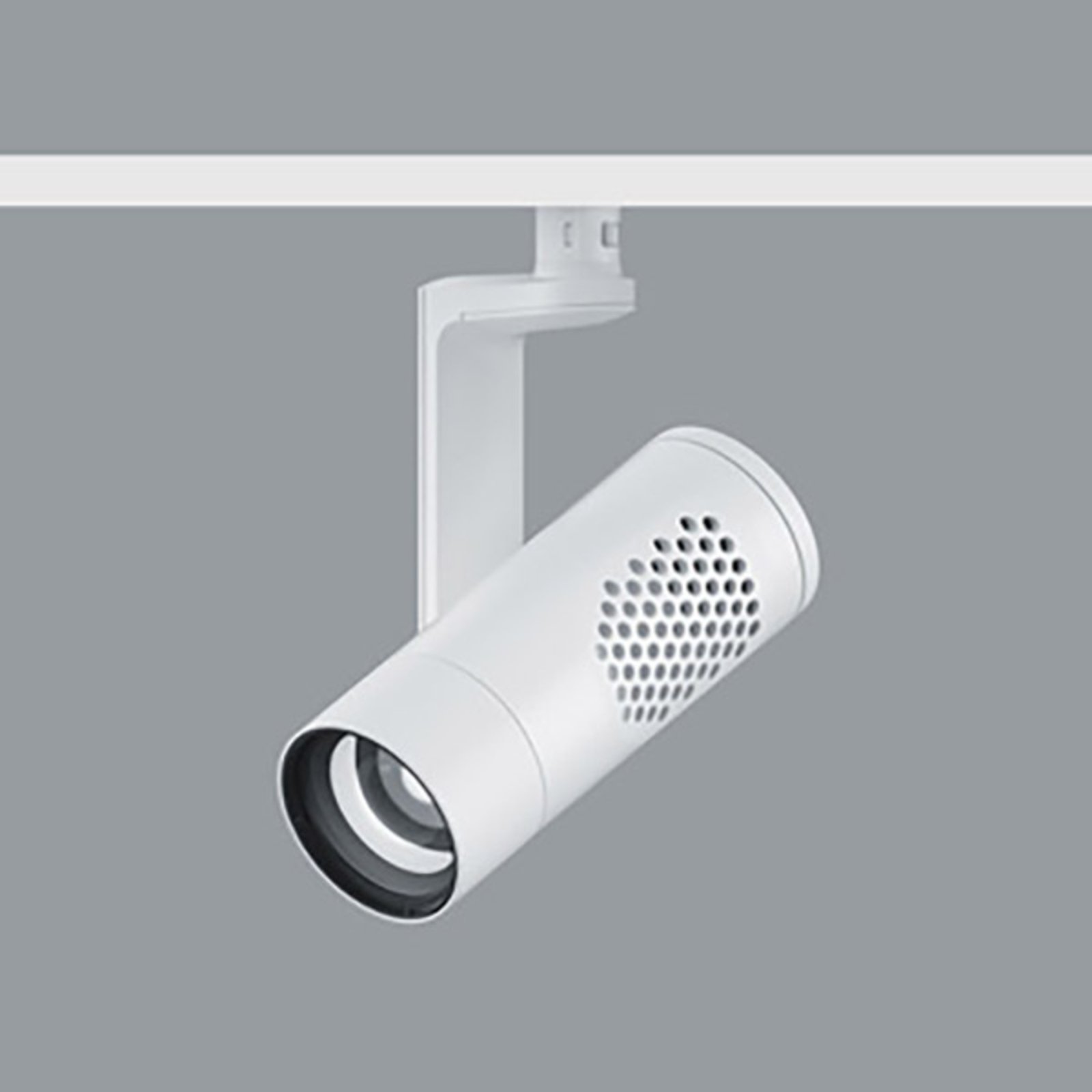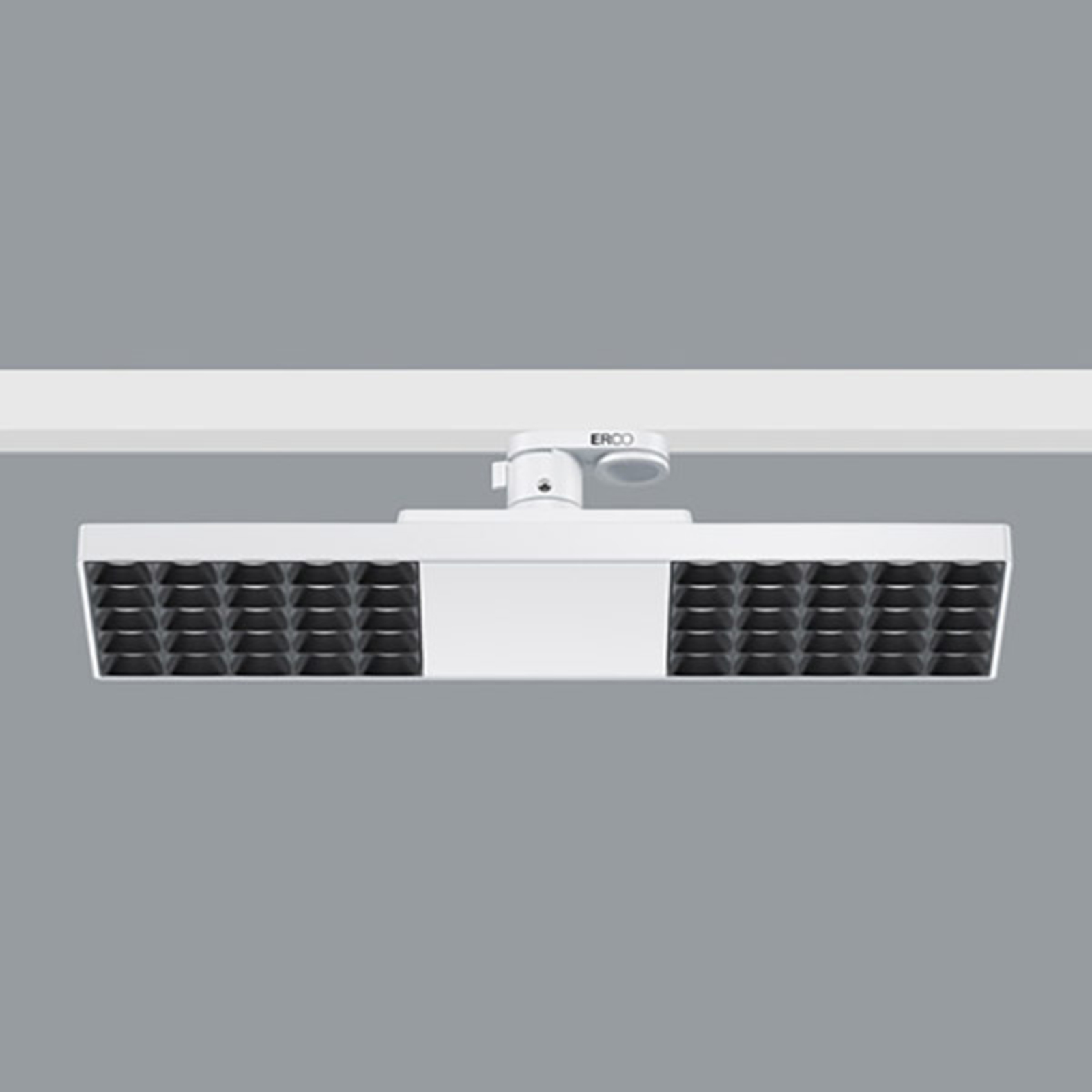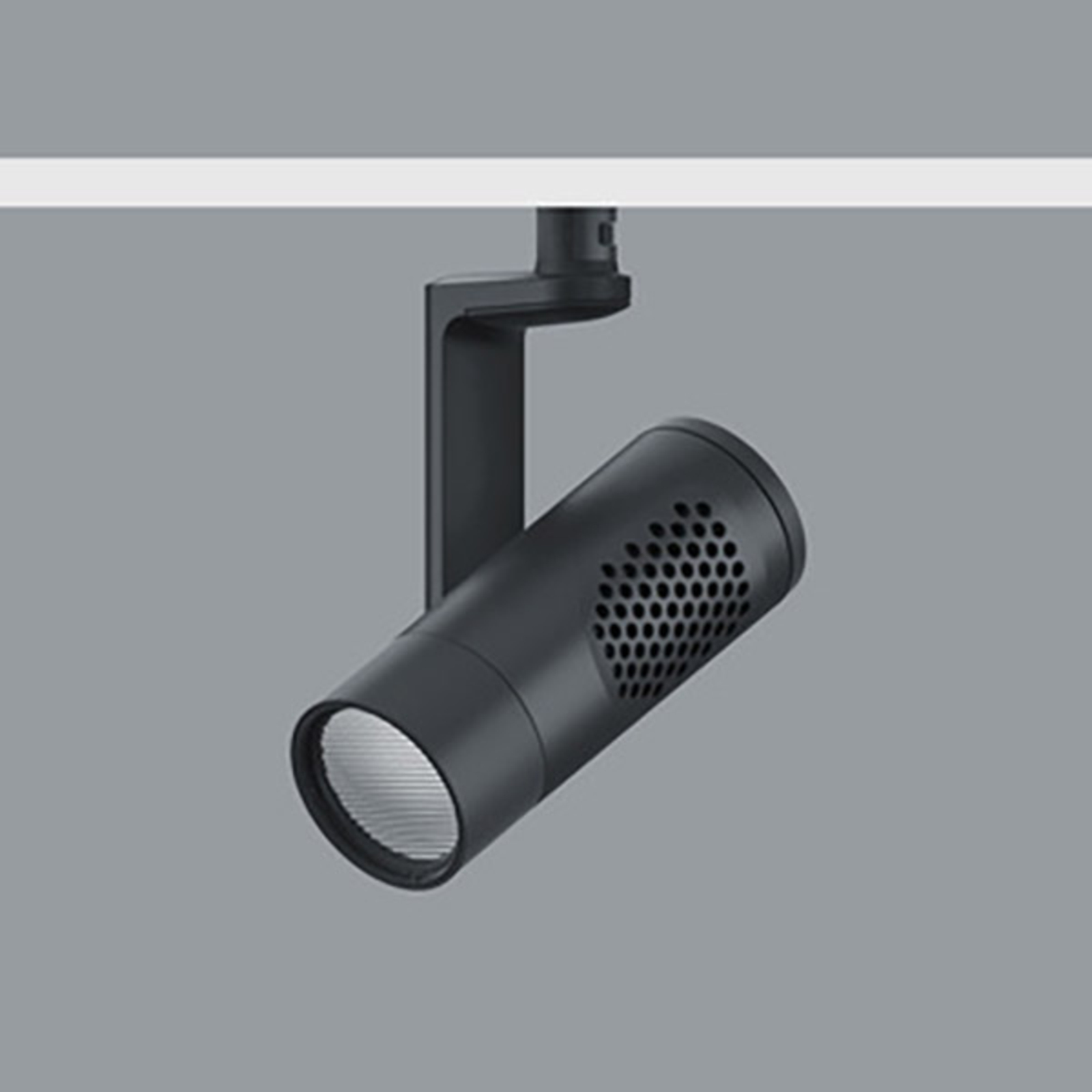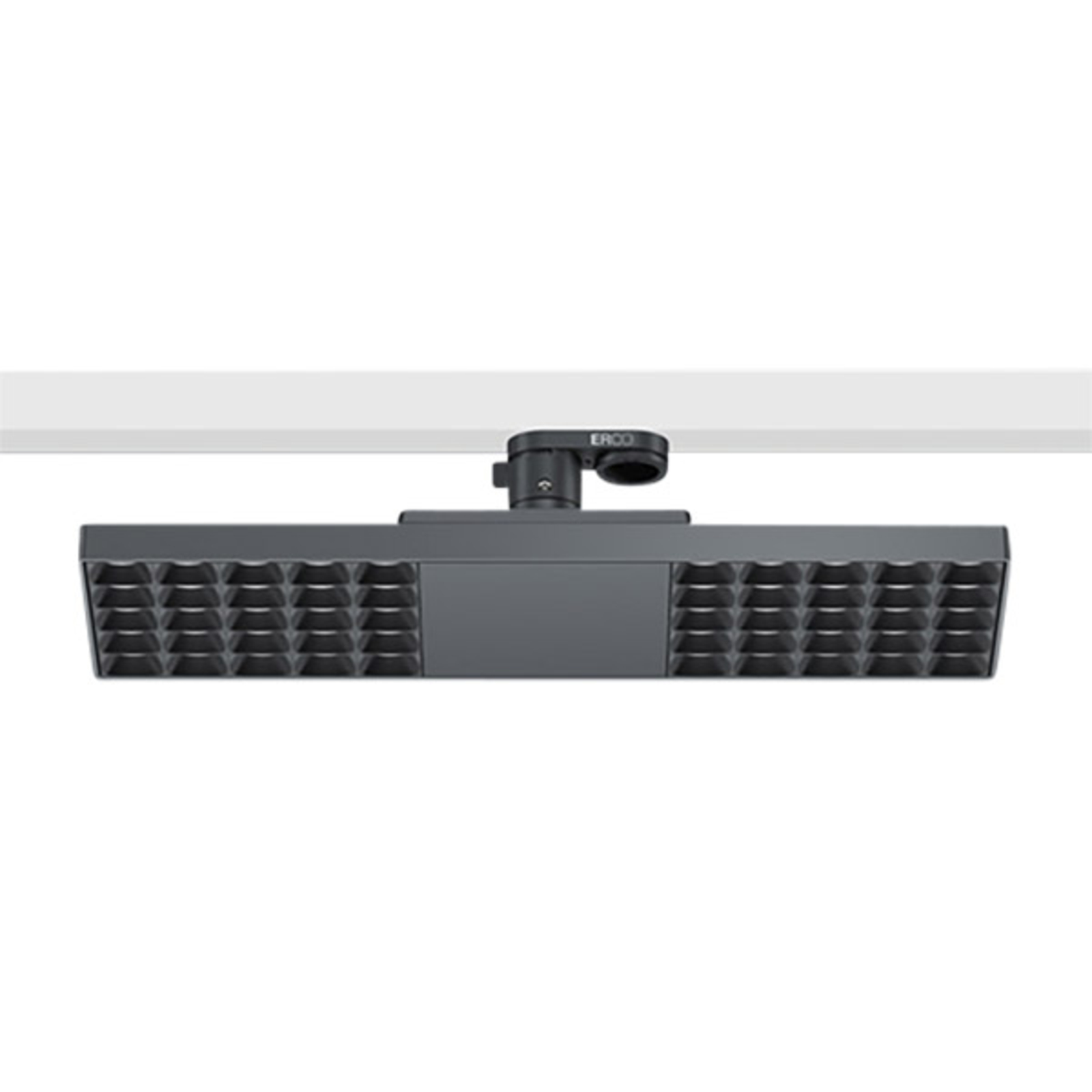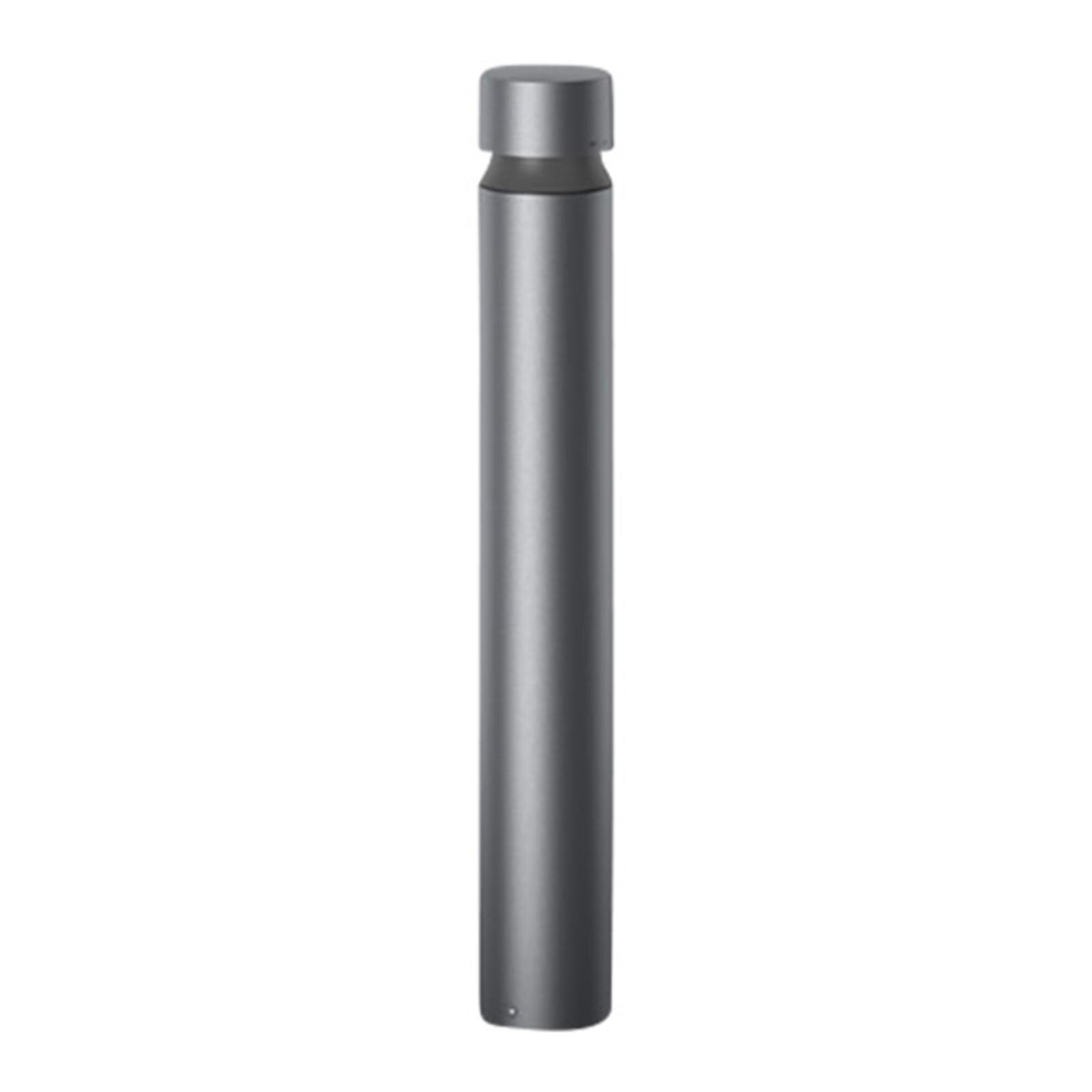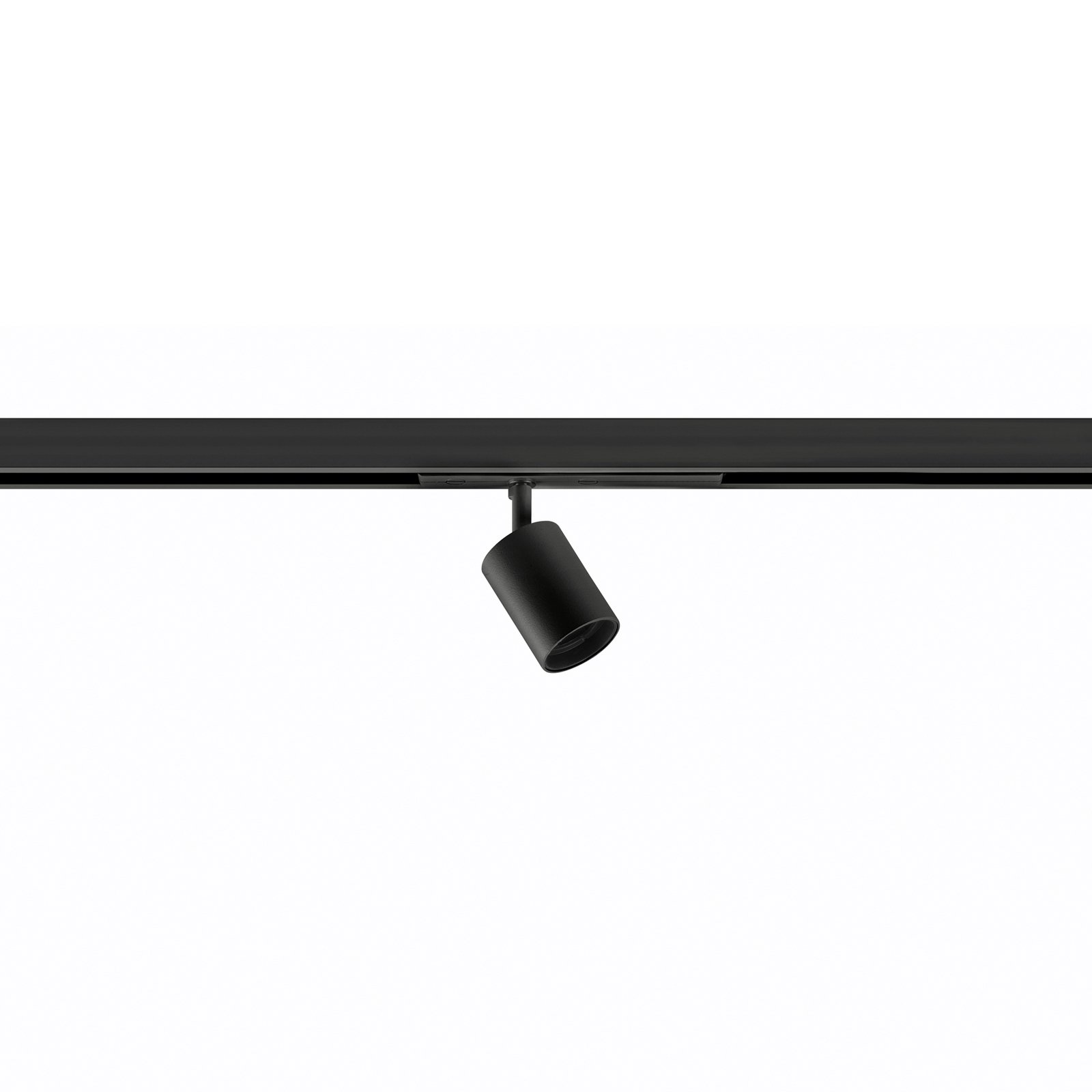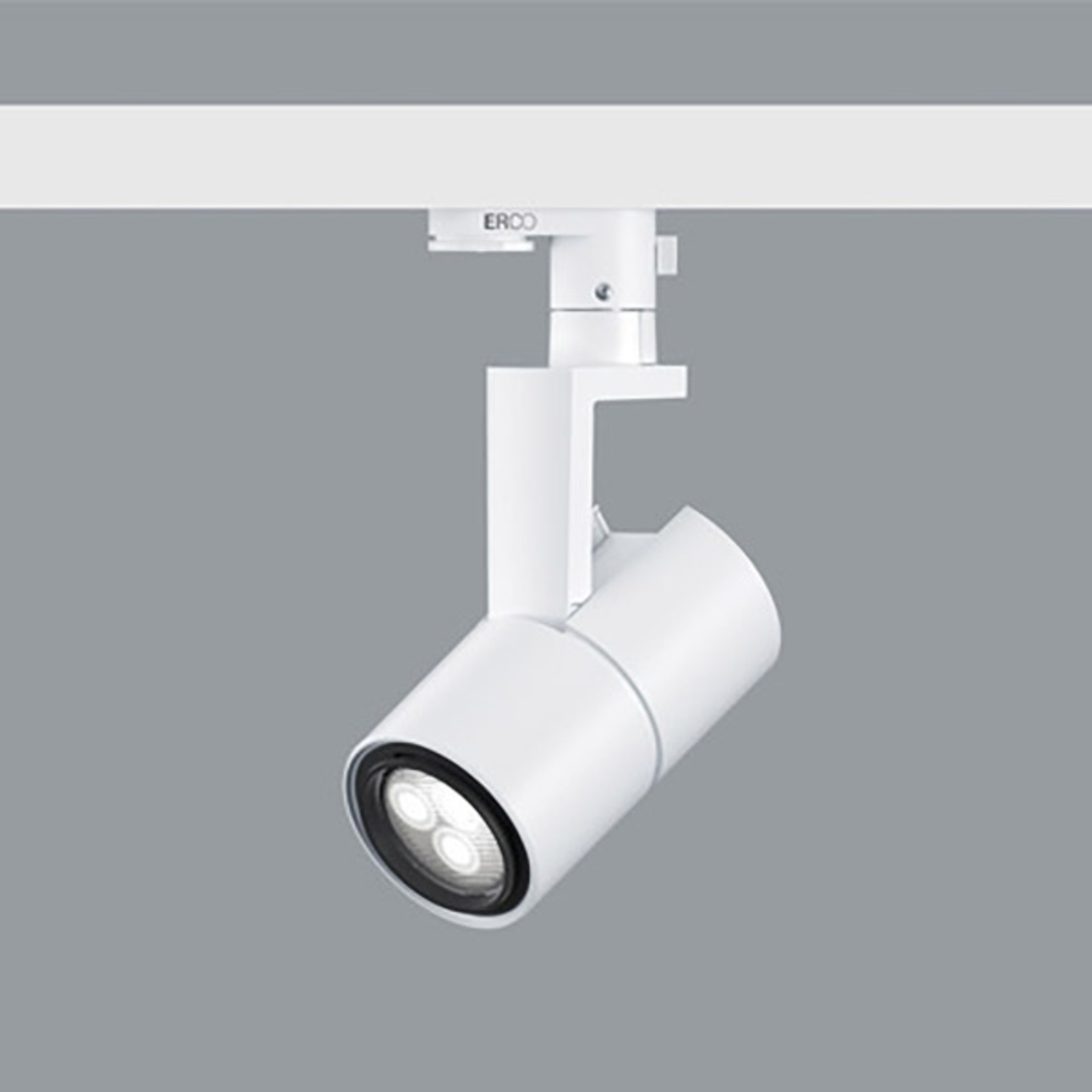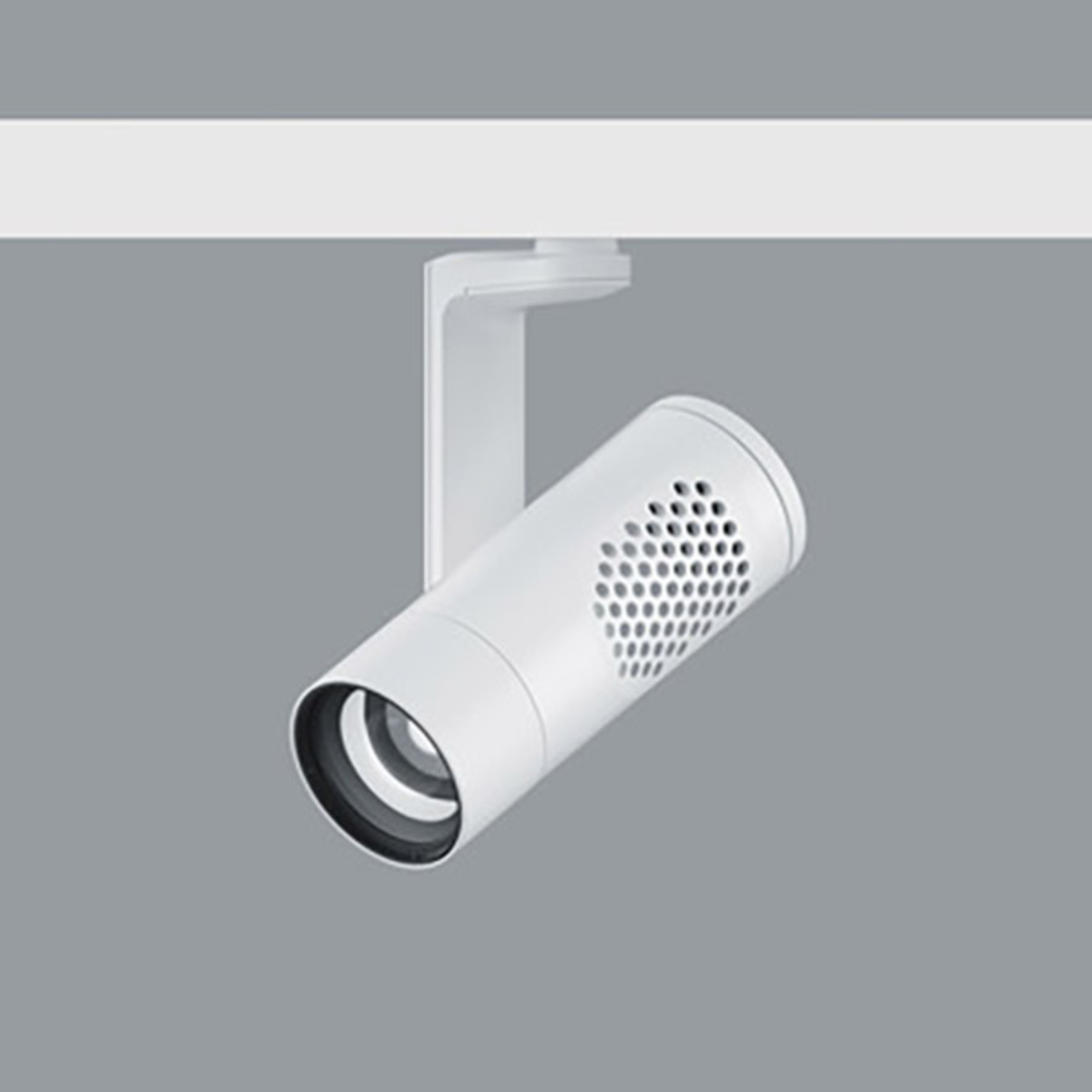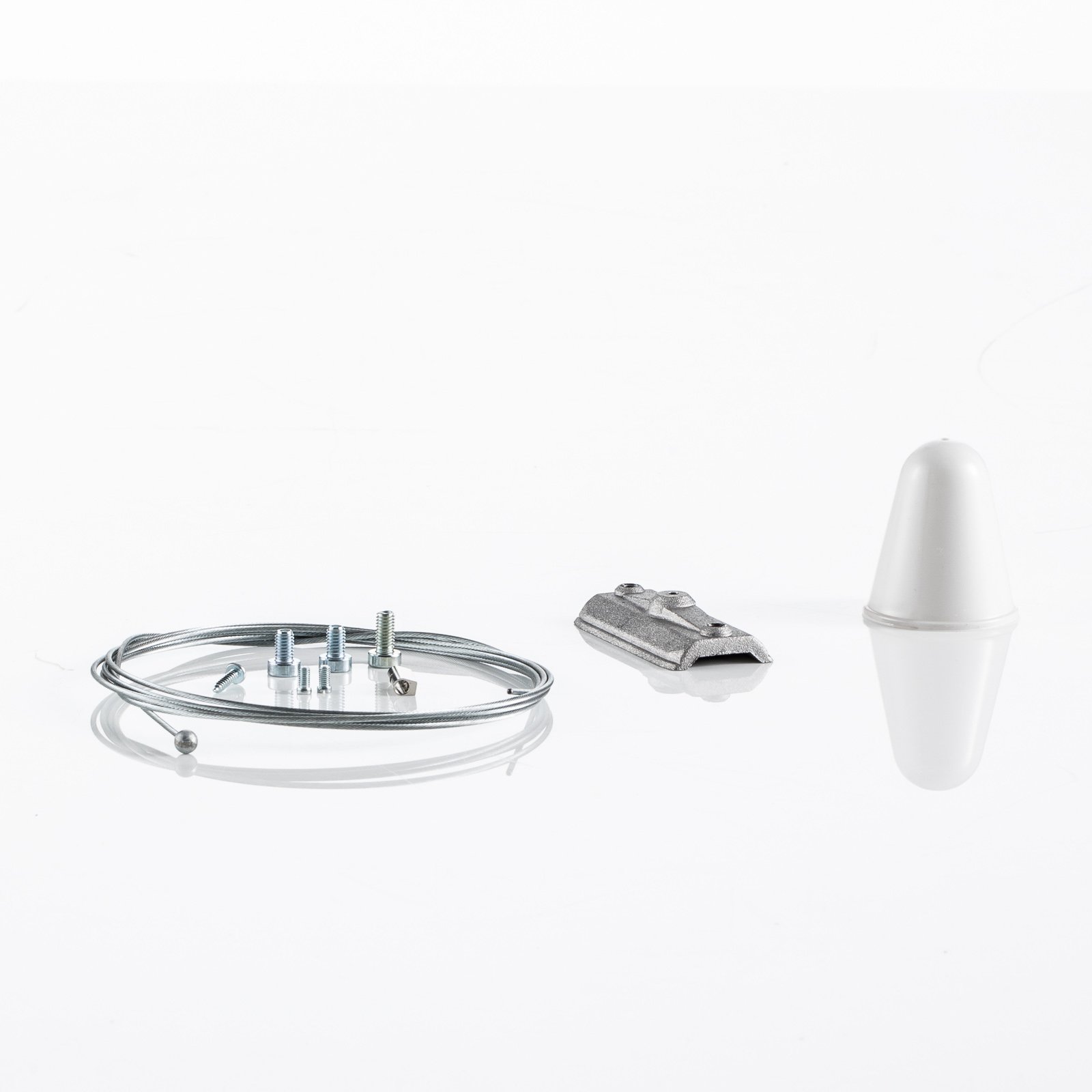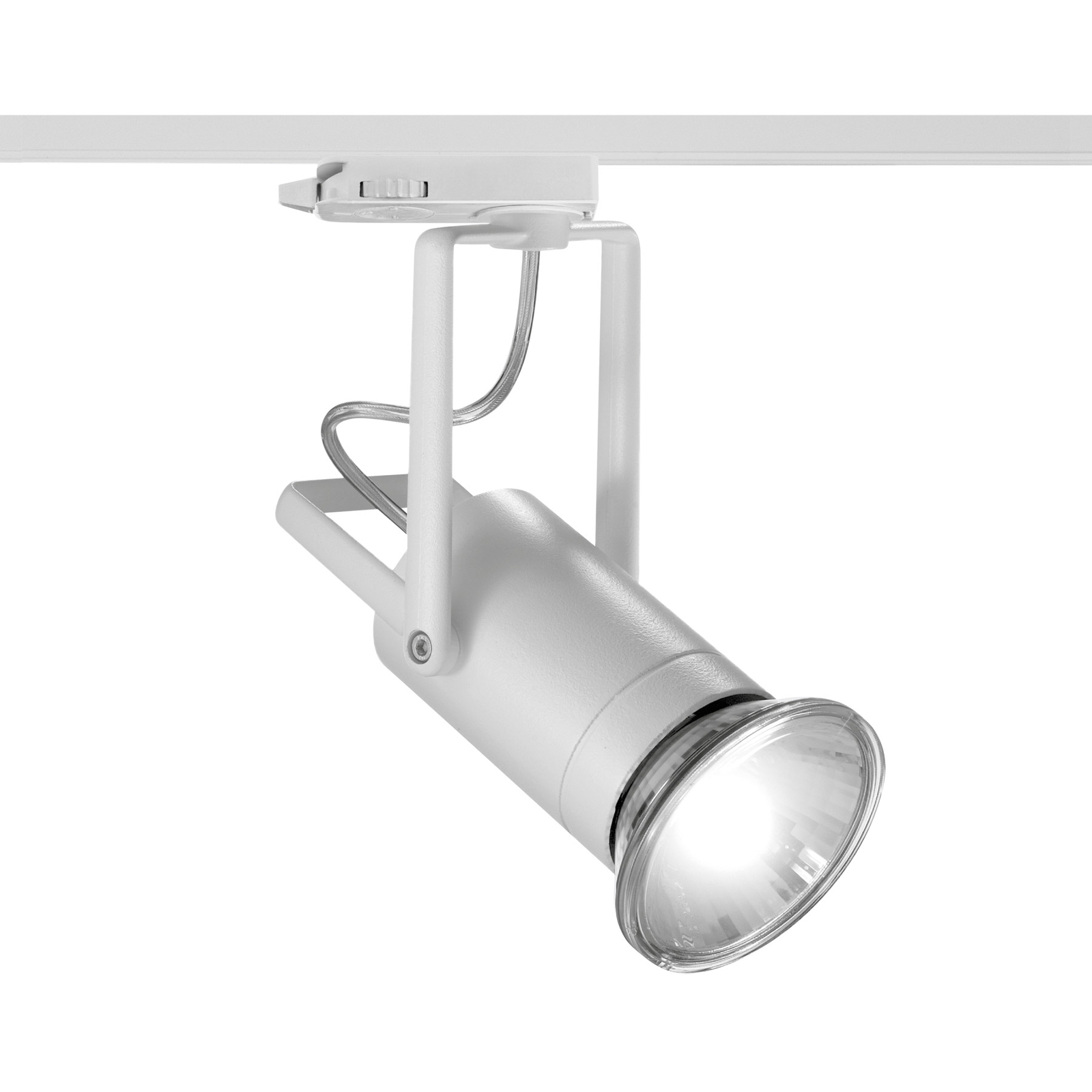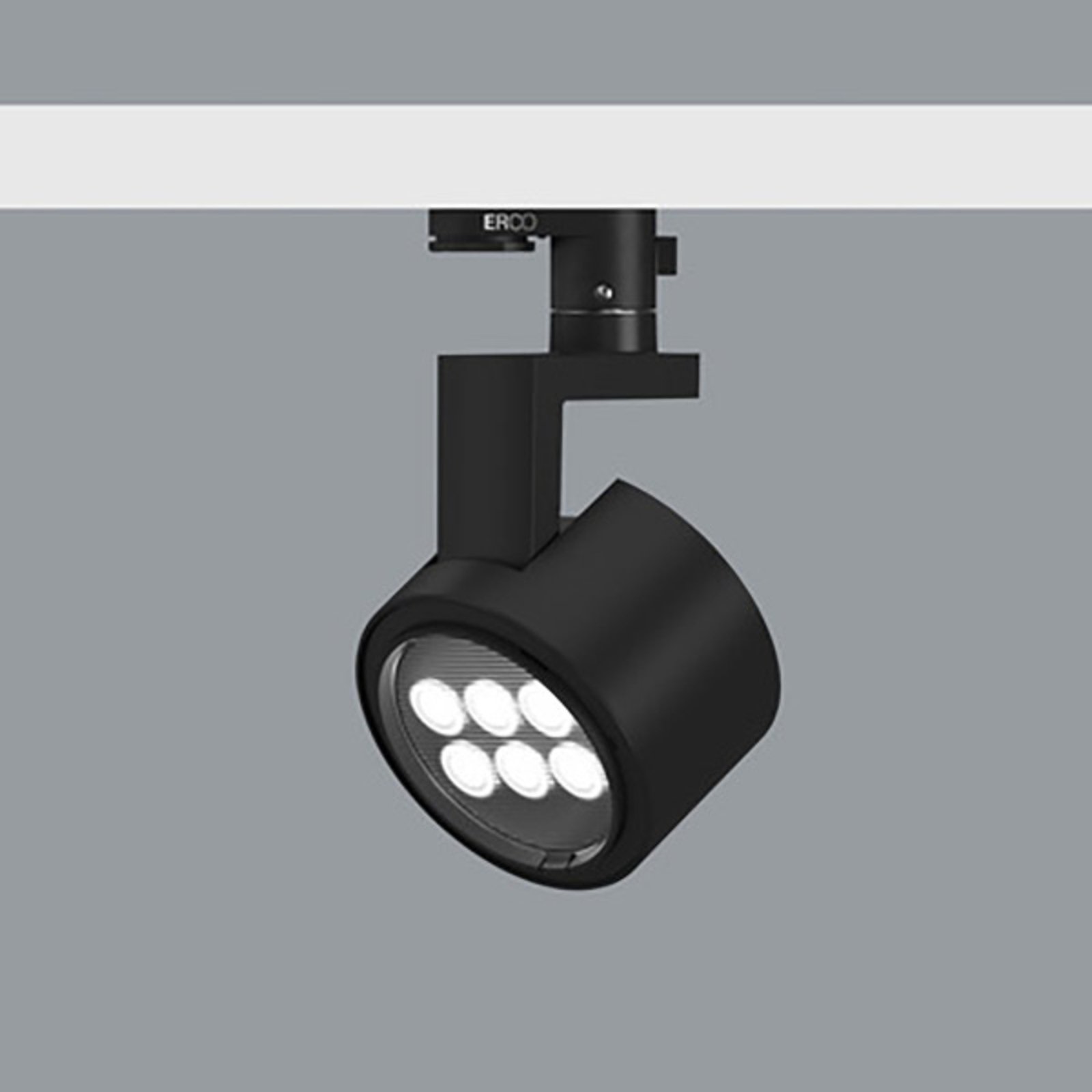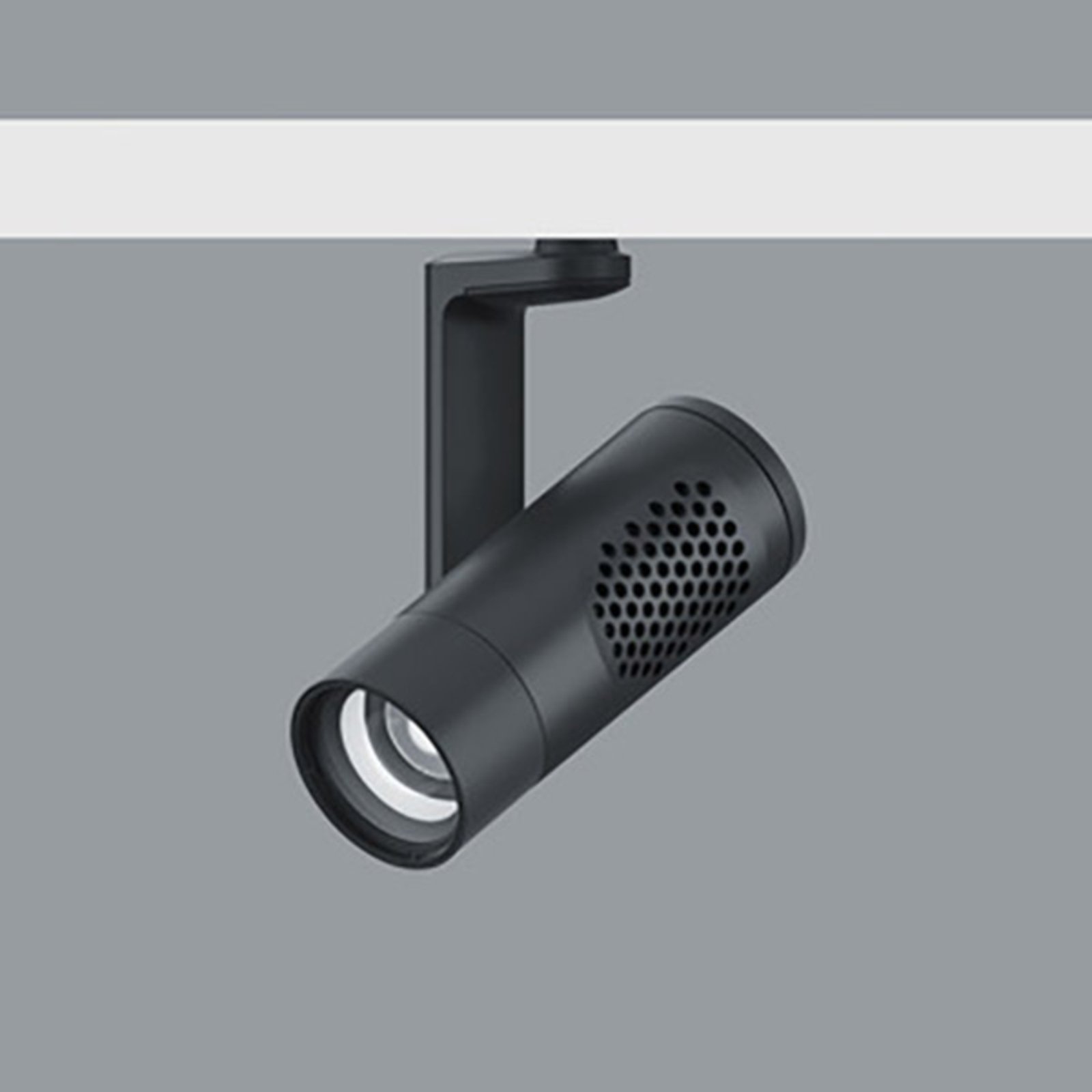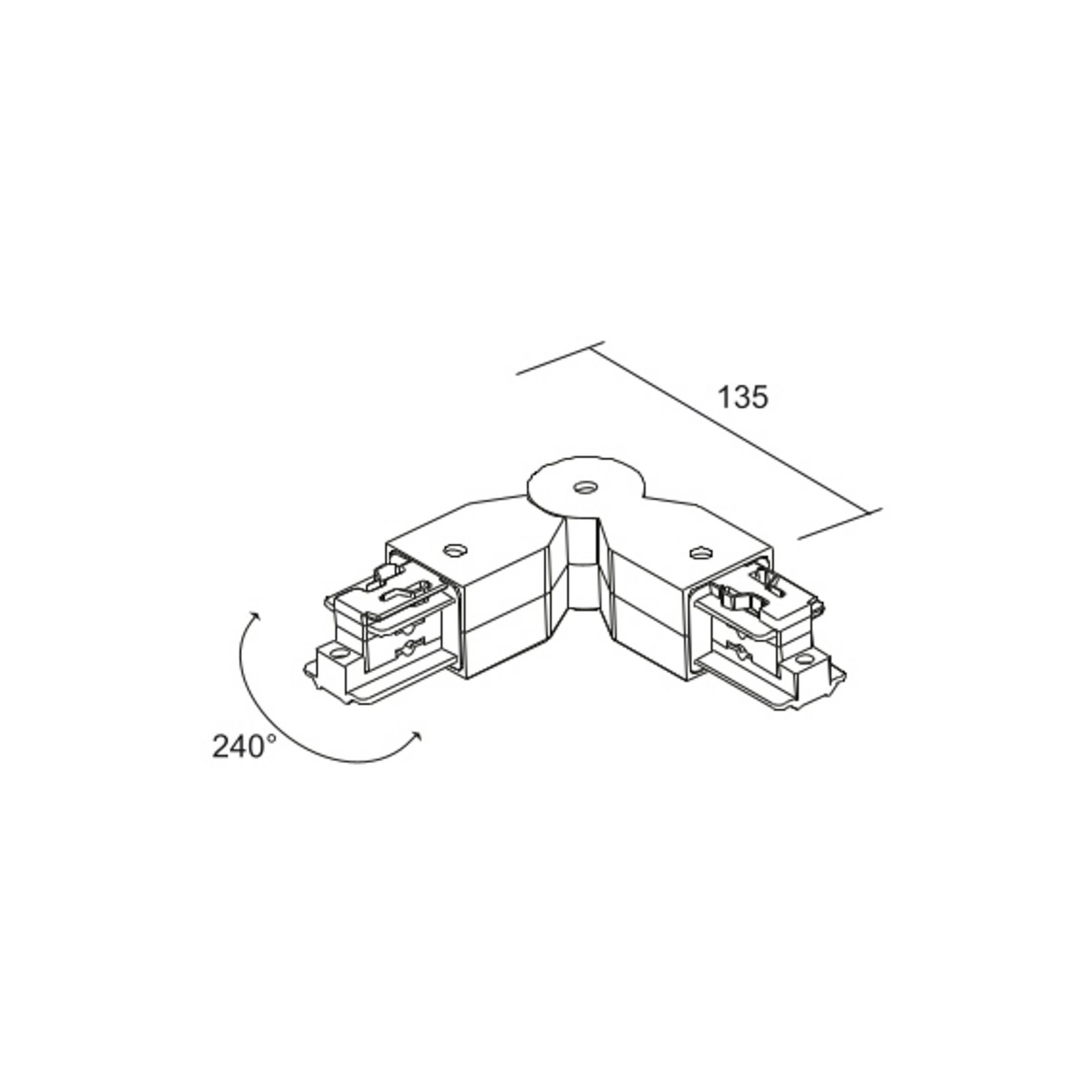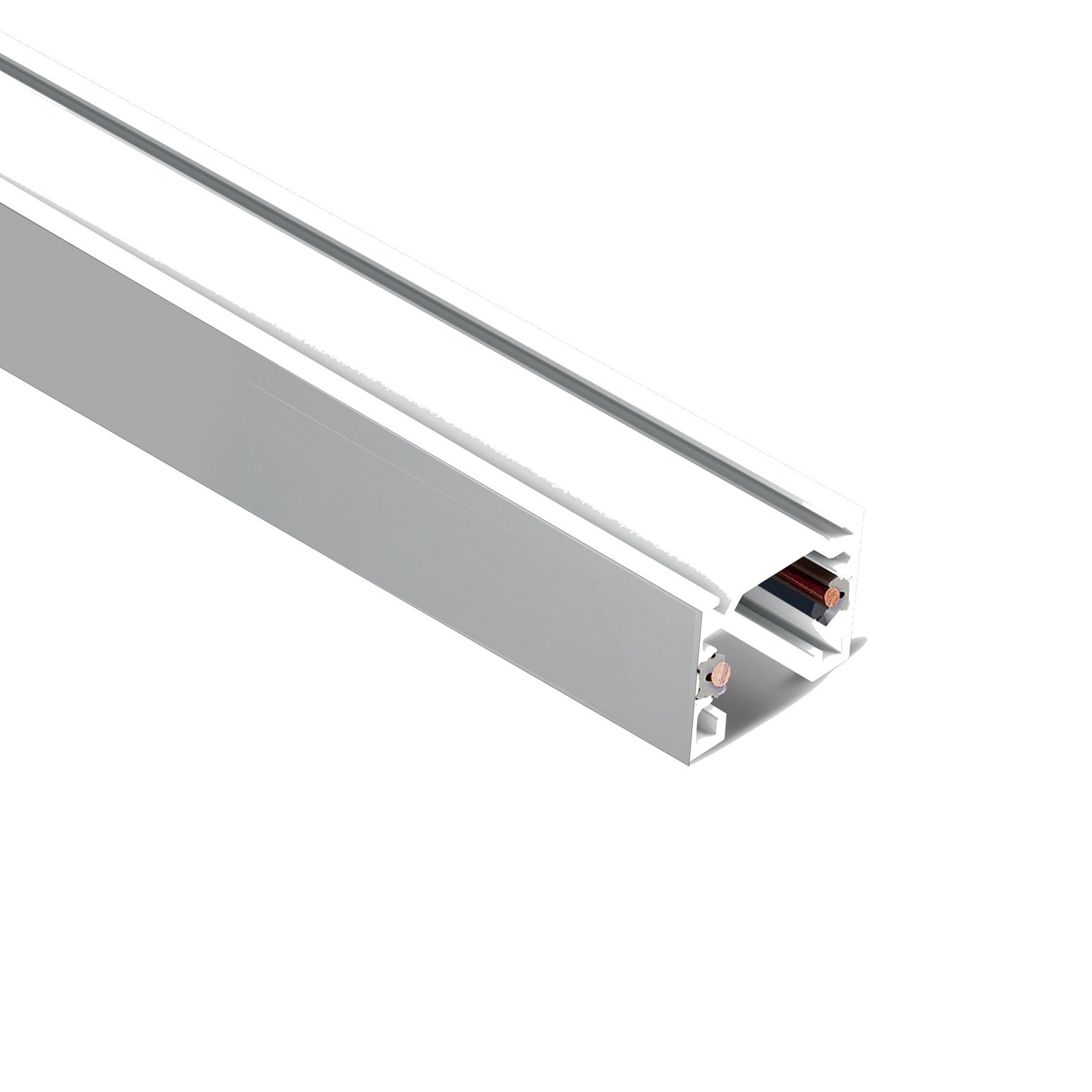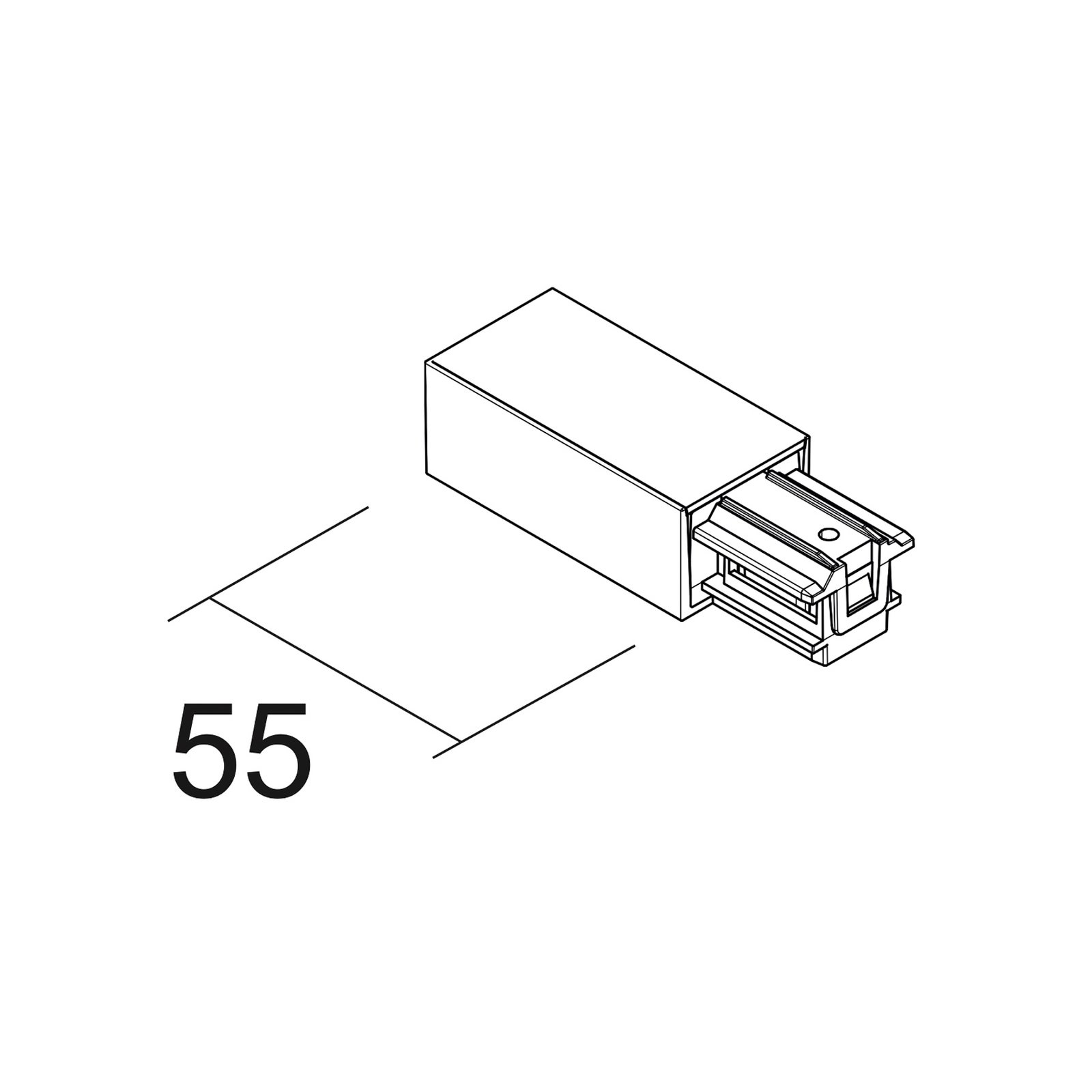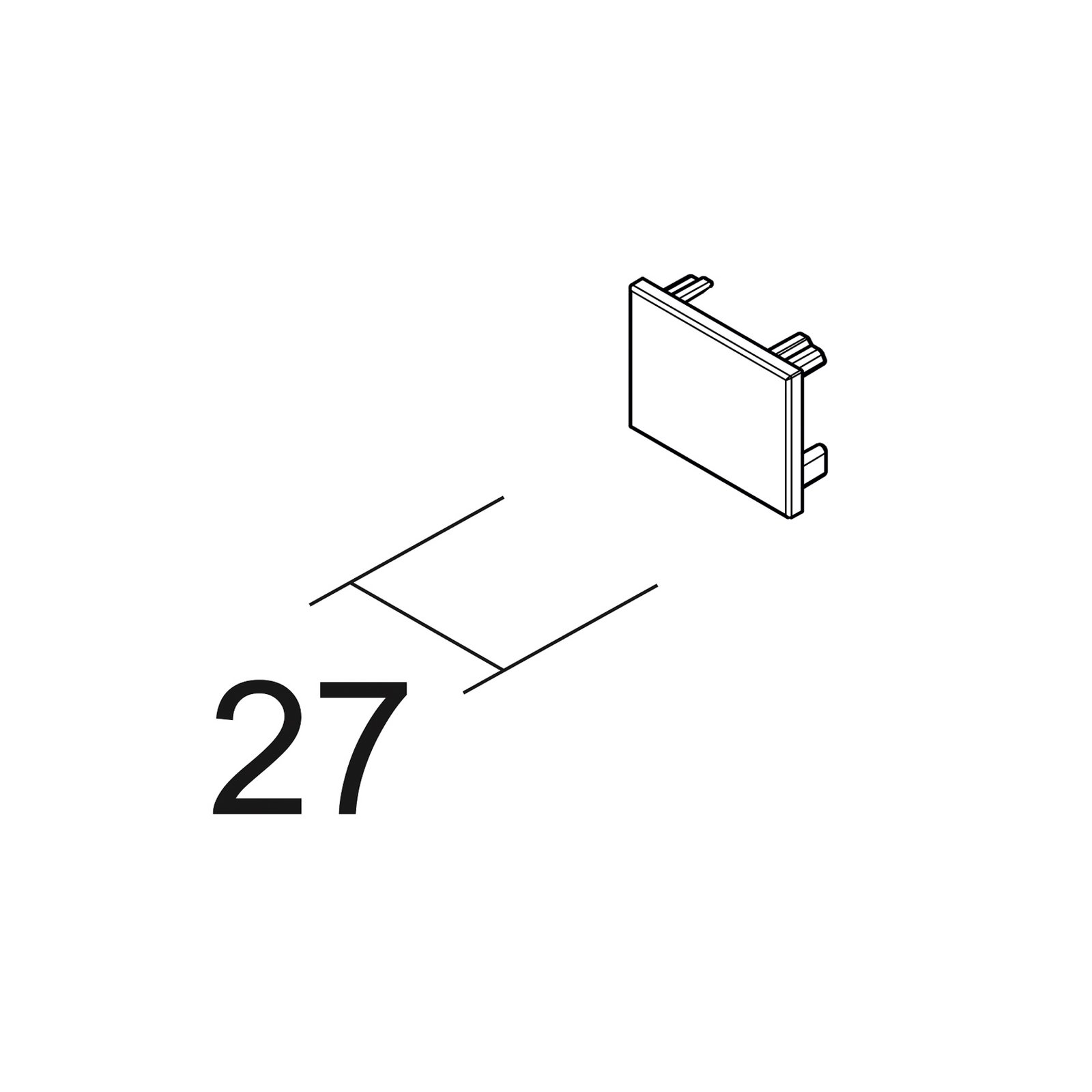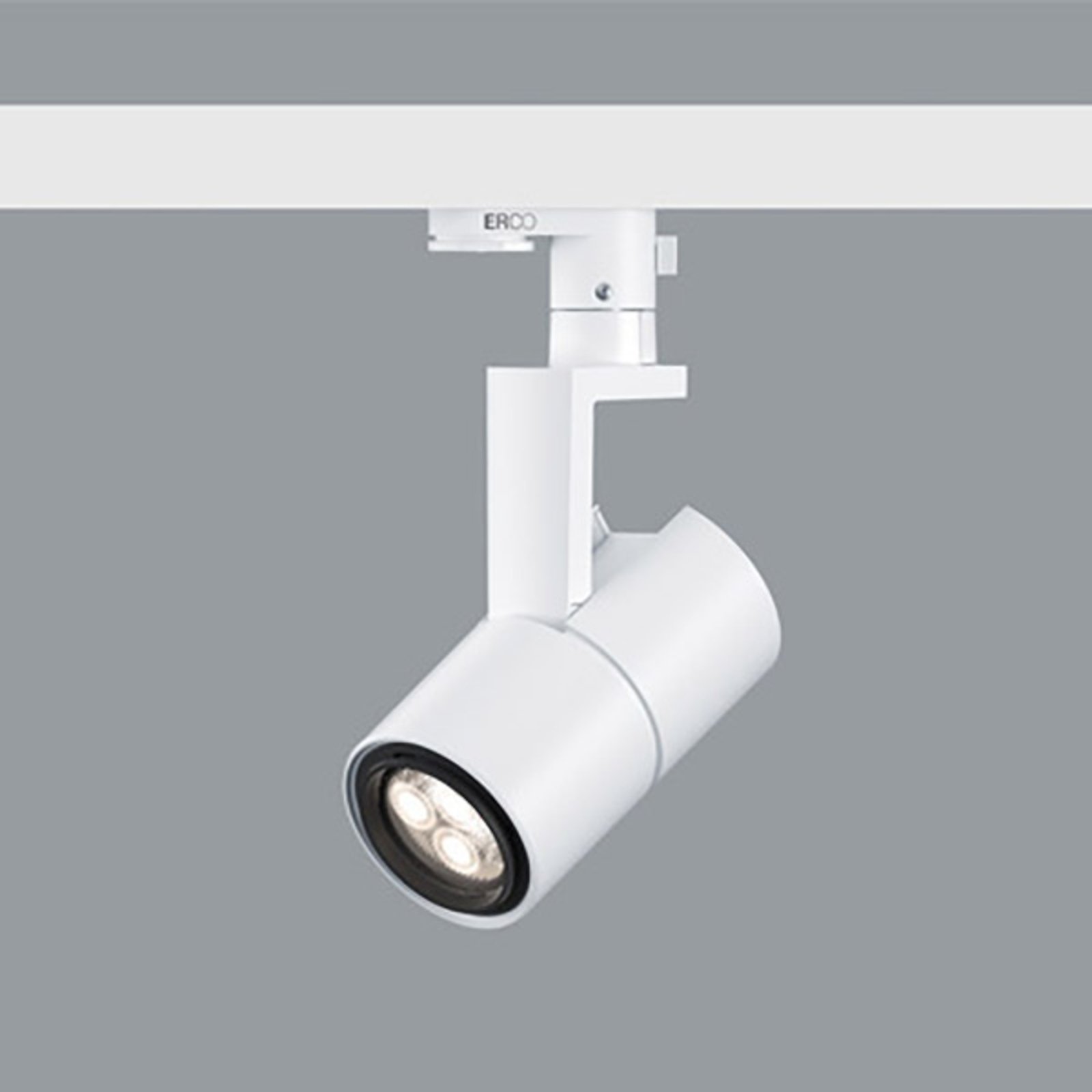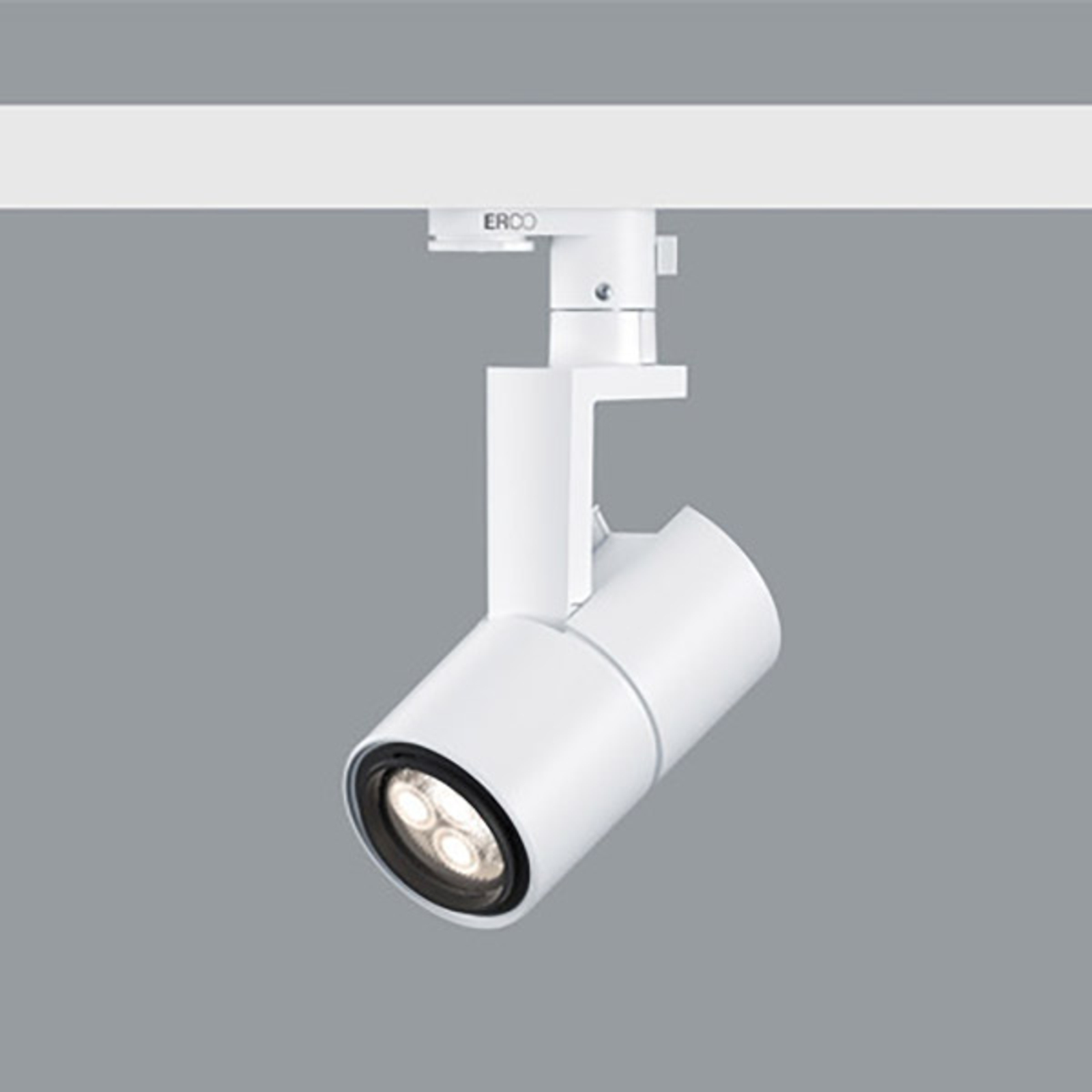- 50 days free returns
- Rated 'Excellent' on Trustpilot
- The UK's largest selection of brands
Track system lamps - Flexible lighting for every room
Imagine you are spending a quiet evening in your living room. The furnishings are carefully chosen, the atmosphere is restrained and stylish. An interesting book is ready and the light is perfectly matched to your reading corner. A well-directed track system lamp creates a balanced combination of functional light and cosy atmosphere. The room not only appears brighter, but also gains depth and structure - ideal for relaxing hours or discreetly accentuating special areas.
Lighting track system - Versatile application options
A well thought-out lighting concept not only ensures sufficient brightness, but also contributes significantly to the atmosphere of a room. With a track system, the light can be positioned exactly where it is needed - whether for targeted illumination of work areas or for atmospheric staging of special living areas.
In the kitchen, a track lighting system provides uniform illumination of the work surfaces. Spotlights or pendant luminaires can be flexibly positioned along the track to illuminate precisely the areas where the light is needed most.
In the living room, a track lighting system provides an ideal mix of ambient and accent lighting. While individual spotlights emphasise wall pictures or decorations, uniform light distribution ensures a pleasant ambient brightness. This creates a harmonious lighting concept that enhances the room.
Targeted lighting also plays a central role in offices or home office areas. A flexibly adjustable track system lamp reduces distracting shadows on the desk and creates optimum lighting conditions for concentrated work.
The versatility of the track systems means that living styles can be individually emphasised. Whether minimalist in black, modern in grey or classic in white - there is a suitable lighting solution for every interior.
Lamp track system - modern technology for perfect lighting conditions
Innovative technologies ensure an energy-efficient and convenient lighting solution. Modern track system lamps rely on LED technology, which is characterised by high energy efficiency and durability. LEDs consume significantly less power than conventional light sources and still provide brilliant light quality. This makes them an environmentally friendly and cost-saving solution for any room.
Dimmable options for every mood A dimmable lighting track system allows the brightness to be individually adjusted. Whether bright, clear light for concentrated work or warm, subdued light for a cosy atmosphere - lighting conditions can be flexibly adjusted with a dimmable track system.
Smart Home integration for maximum flexibility Thanks to modern smart home technologies, track systems can be conveniently operated via app or voice control. Lighting scenes can be individually programmed and customised according to the time of day or activity. The combination of smart control and flexible light direction makes the track lighting system a future-proof choice for modern living spaces.
Ceiling track lamp - Stylish and flexible lighting solution for modern living
A well thought-out lighting concept transforms living spaces into oases of well-being. A ceiling track lamp offers the perfect combination of design, functionality and flexibility. As a central light source or for targeted accent lighting - a track lighting system adapts to any living situation and creates an atmospheric ambience.
In addition, often only one power connection is sufficient to supply an entire system. This means that several light sources can be conveniently connected together without the need for complex electrical installations. This makes rail systems not only particularly practical, but also visually appealing.
Simple installation and flexible extension for customised lighting solutions
Rail systems can be installed with comparatively little effort and offer a high degree of adaptability - ideal for rented flats or changing living situations. In many cases, a single power outlet is sufficient to supply the entire system. The luminaires can be freely positioned, replaced or added to along the track. This creates a flexible lighting concept that can be extended and reorganised at any time - without the need for costly conversion work. The strength of a modular lighting system is particularly evident when redesigning rooms or changing furnishings.
A wide range of design options for every home
Whether minimalist in black, elegant in grey or timeless in white - light track systems are available in various colours and materials. Modern pendant lights, spotlights or wall lights can be stylishly combined to create a harmonious overall look. In this way, the lighting becomes a design element that emphasises the style of living. Track systems can also be perfectly combined with indirect light sources such as LED strips or wallwashers. The result is a multi-dimensional lighting concept that takes both functional and atmospheric aspects into account.
Track system lamps** are also an ideal solution for large rooms. The expandability of the tracks means that even extensive areas can be evenly illuminated. Especially in living rooms, open-plan kitchens or loft apartments, they offer a sophisticated lighting solution that combines aesthetics and functionality.
The strike-through prices correspond to the manufacturer's RRP.
All prices include 20% VAT, delivery costs excluded.

















